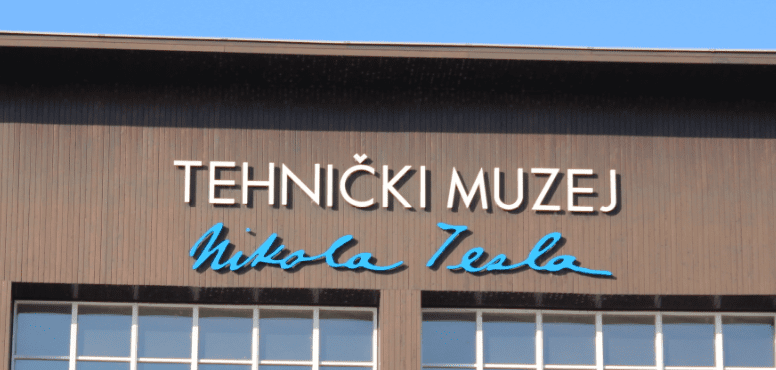This is the last part of Technical Museum Nikola Tesla.
Part 1: Firefighters and energy conversionClick here
Part 2: Aircraft engines and geology/miningClick here
Part 3: Energy conversion and main hallClick here
CB-20 submarine
The biggest highlight of main hall of Nikola Tesla Museum is the Italian-made CB-20 submarine of CB class, built by Caproni. Was donated by Pula’s military post 6439, in 1959.
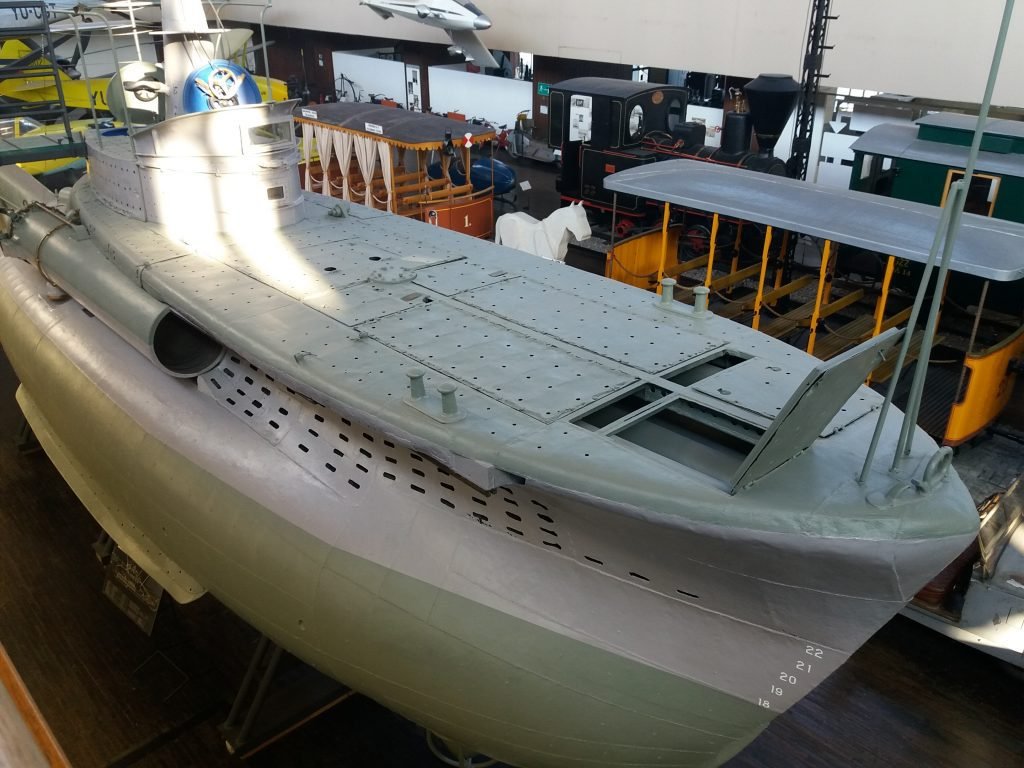

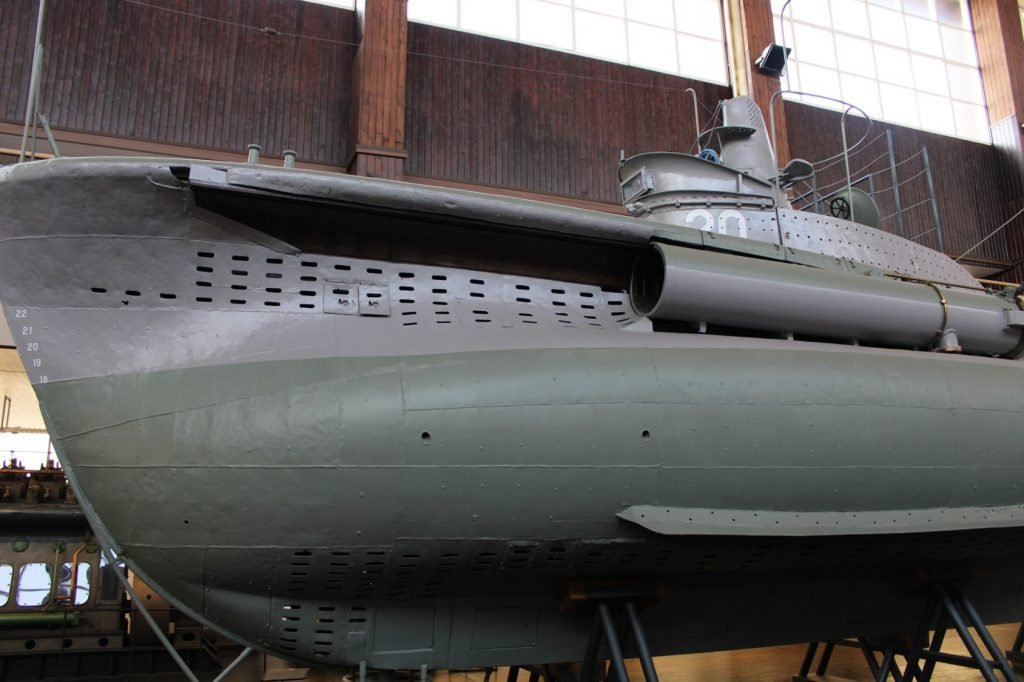
Propulsion is made by two engines: The 65 kW diesel powered Isotta Fraschini and the electric Marelli & CSA, whose power is 44 kW. Electric motor is supplied by a lead accumulator battery.
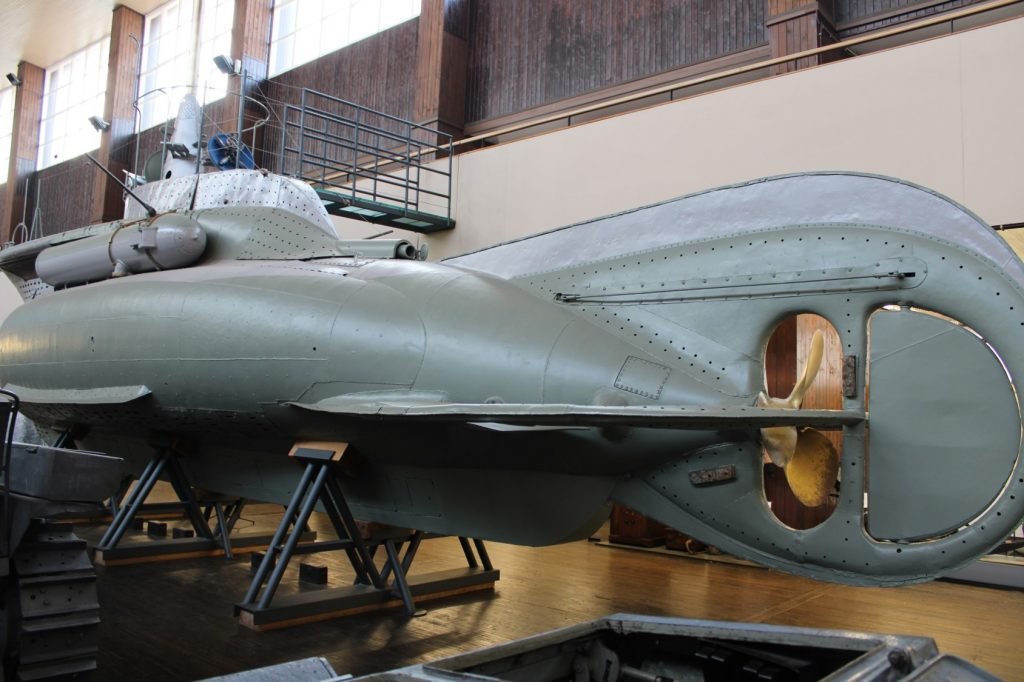
CB-20’s plan view, showing it’s interior.
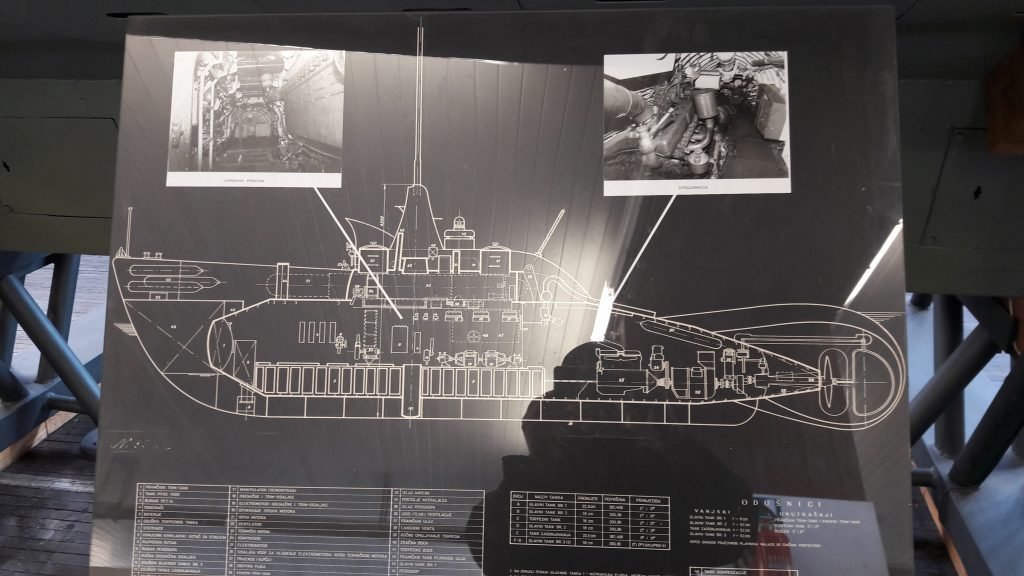
Other data:
- Speed: 7.5 knots (13.89 km/h) at surface and 7 knots (12.96 km/h) underwater.
- Displacement: 36 t in surface and 45 t underwater.
- Maximum diving depth: 55 meters.
- Armament: 2 450 mm torpedos.
- Crew: 1 officer and 3 sailors.
Upstairs
Until now, everything I showed is in ground floor. In this topic, are shown upstairs areas.
Old electric and electronic devices
This permanent exhibition is next to main hall. All information is in Croat, therefore I won’t enter in many details.
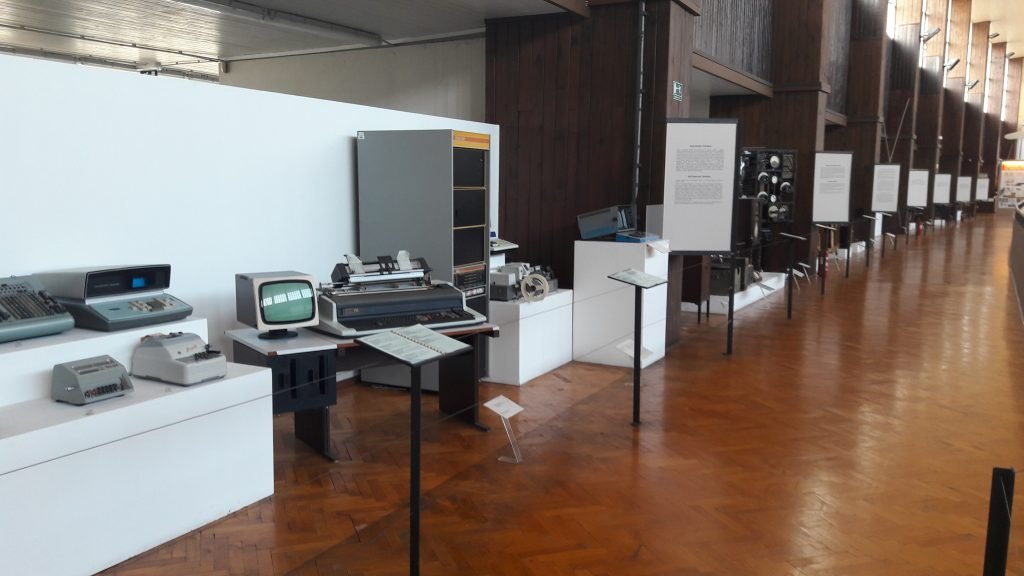
Old freezers and cookers.
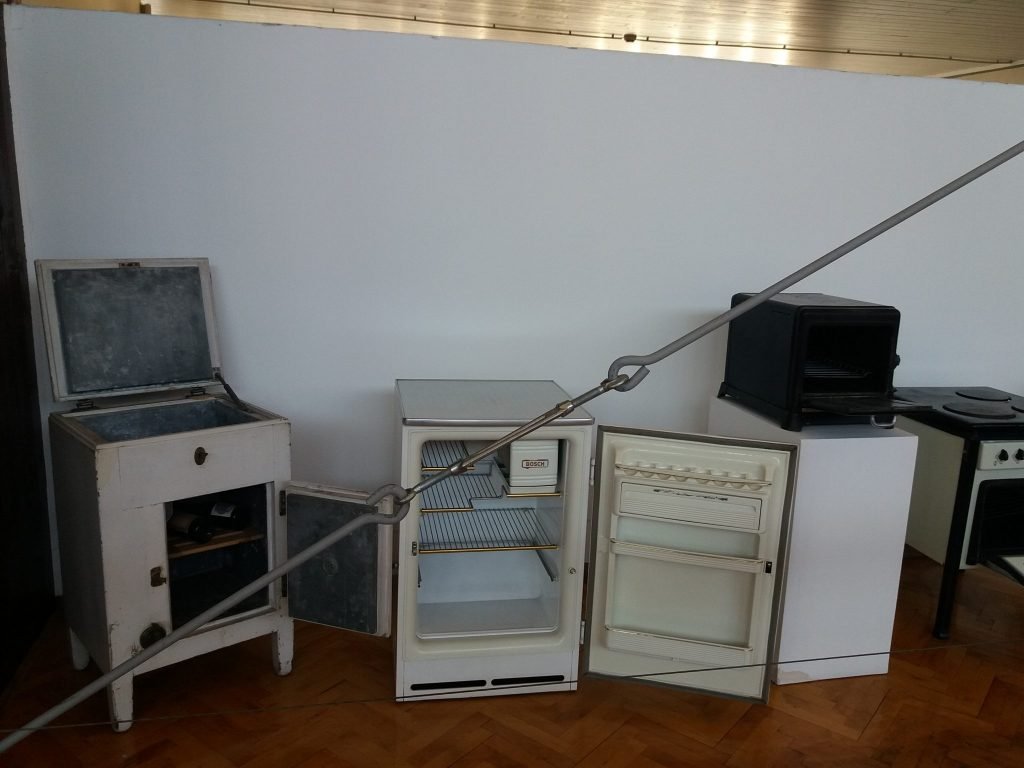
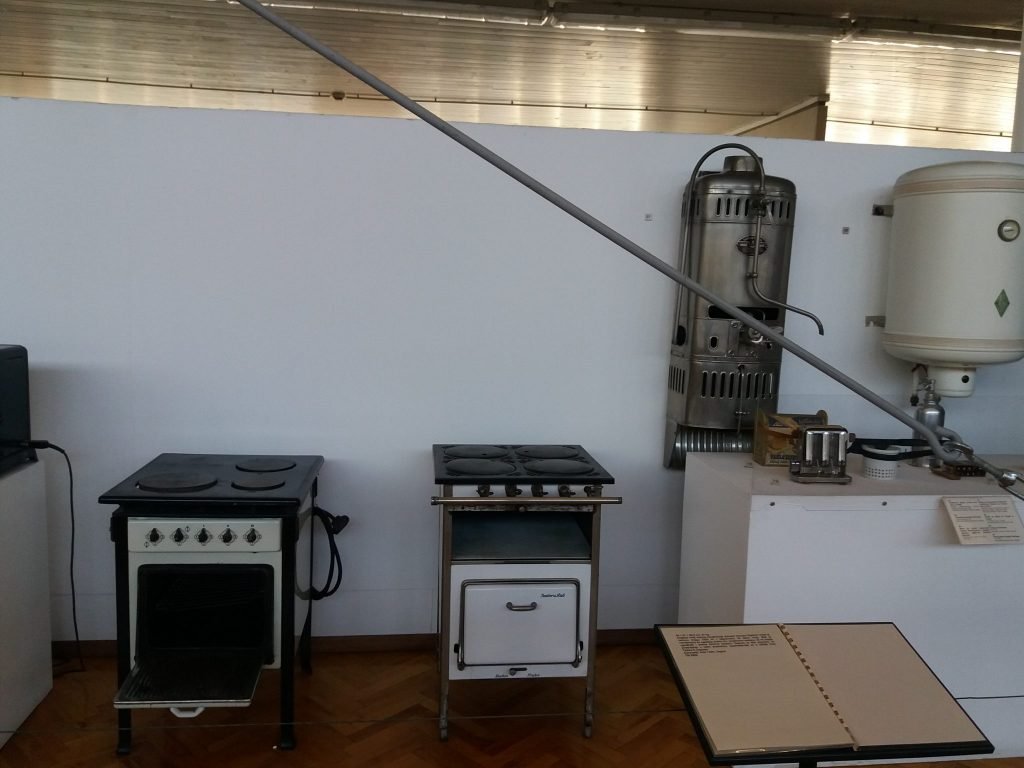
An iron with wooden board.

Many sewing machines.
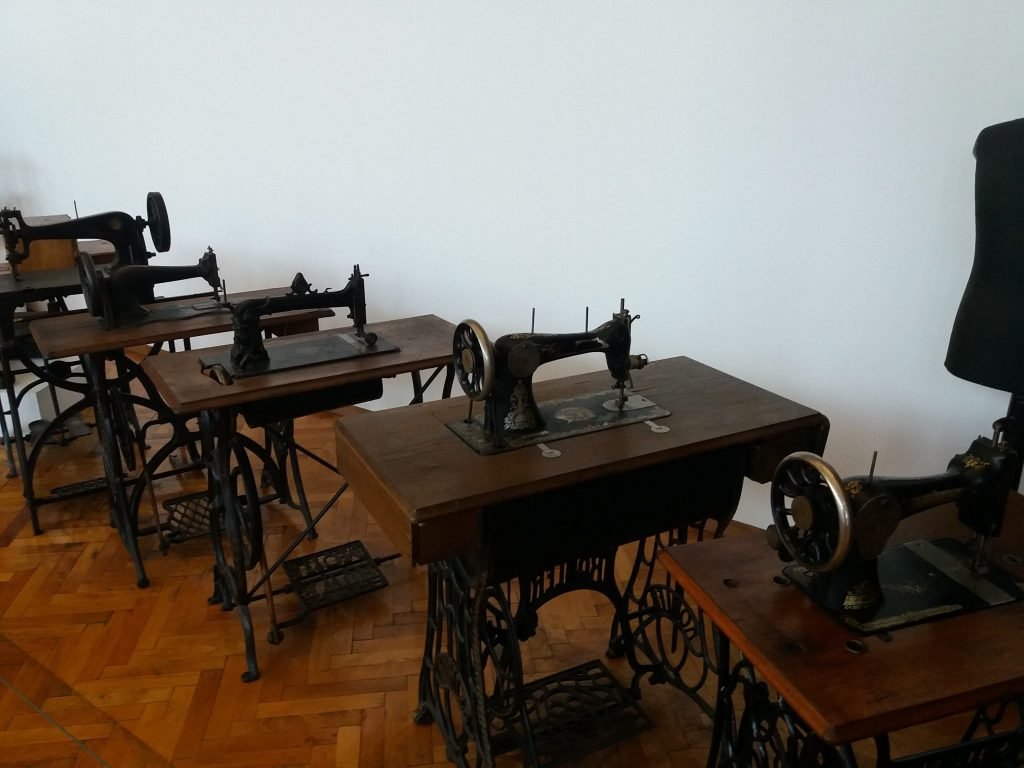
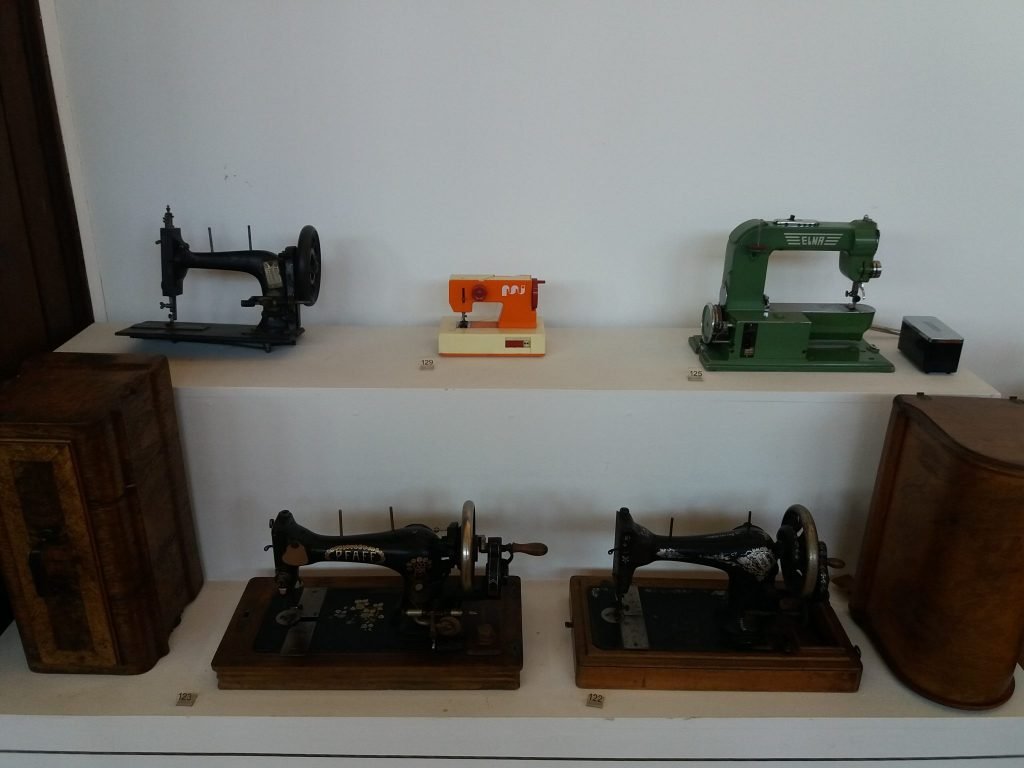

Old televisions.

The first Radio Zagreb’s transmitter, from 1926. Had 350 W of power and transmitted radio waves with wavelength of 276.2 m. Therefore frequency were 1.086 MHz.
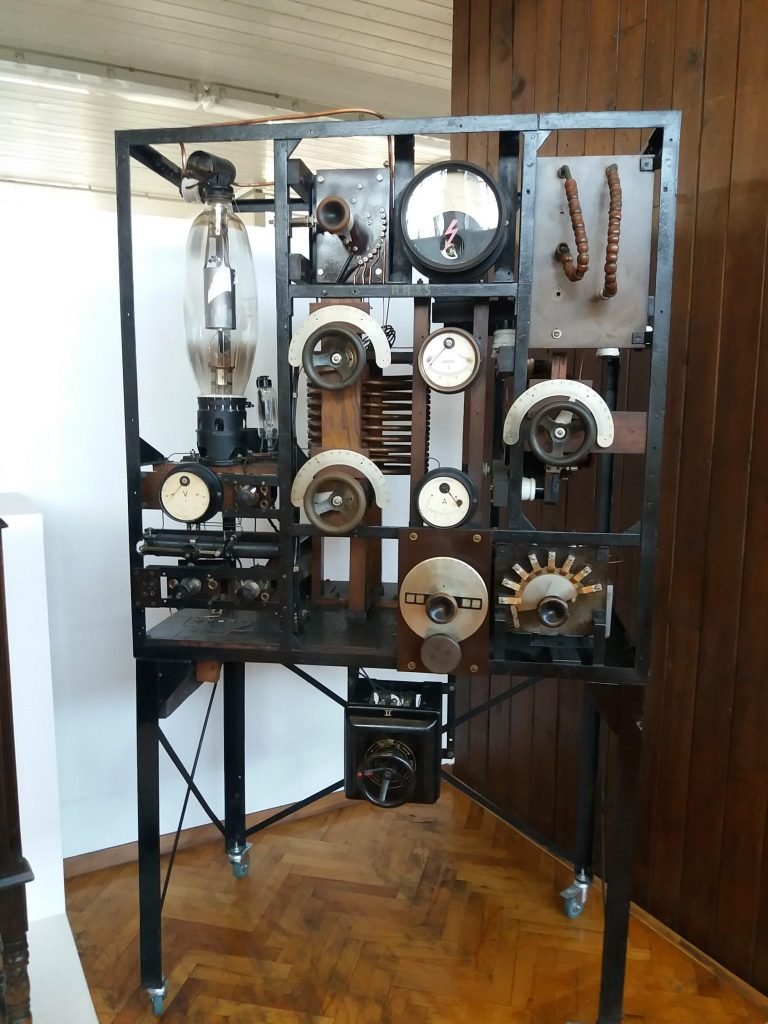
A residential phone exchange with capacity to 30 lines.
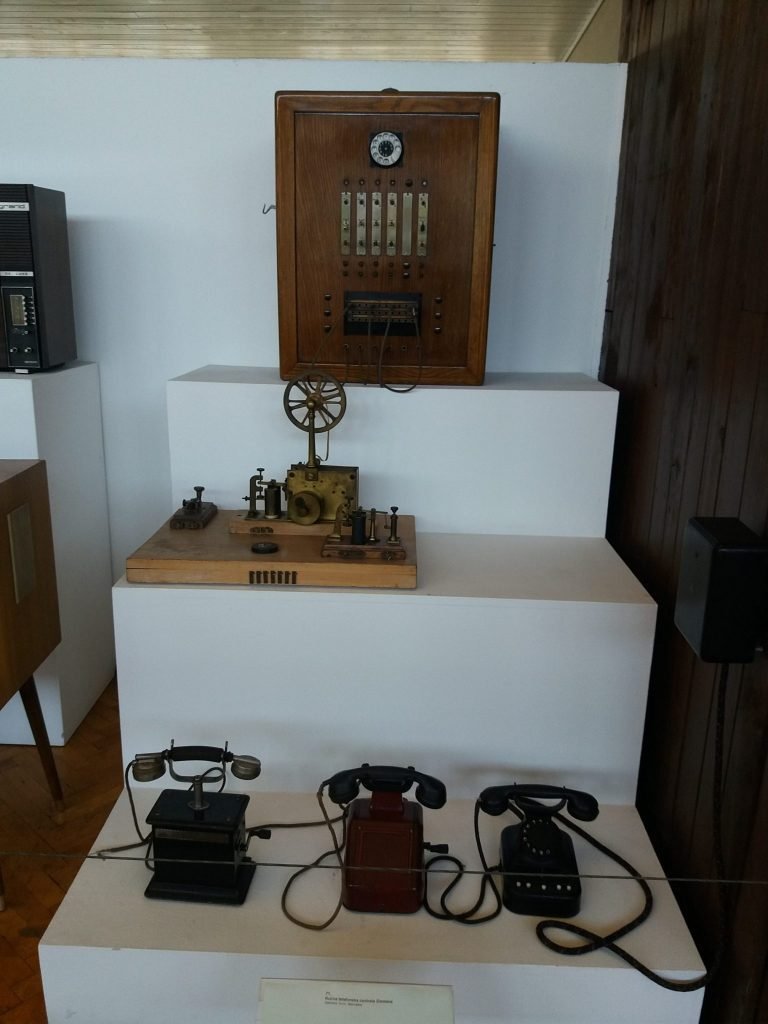
Old sound devices.
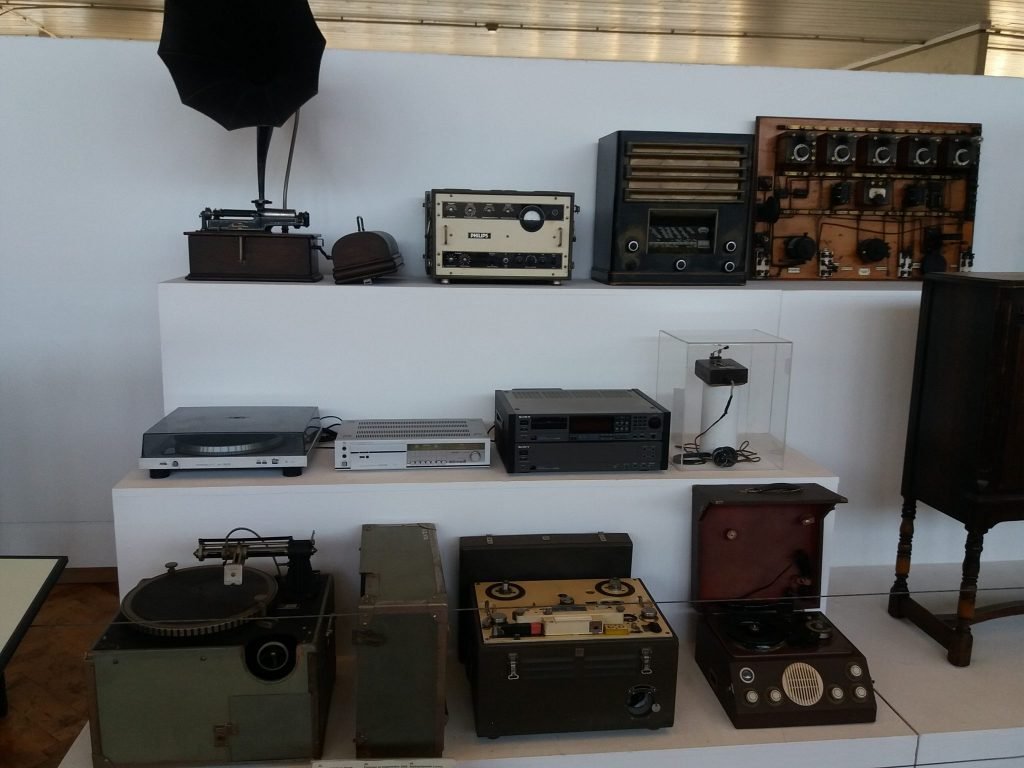
Computers and writing machines respectively. The computer in the middle is Commodore PET. Was introduce at San Francisco Computer Show in April 1977. Had 6502 processors, BASIC operational system, 4 kB and 14 kB of RAM and ROM memories respectively.
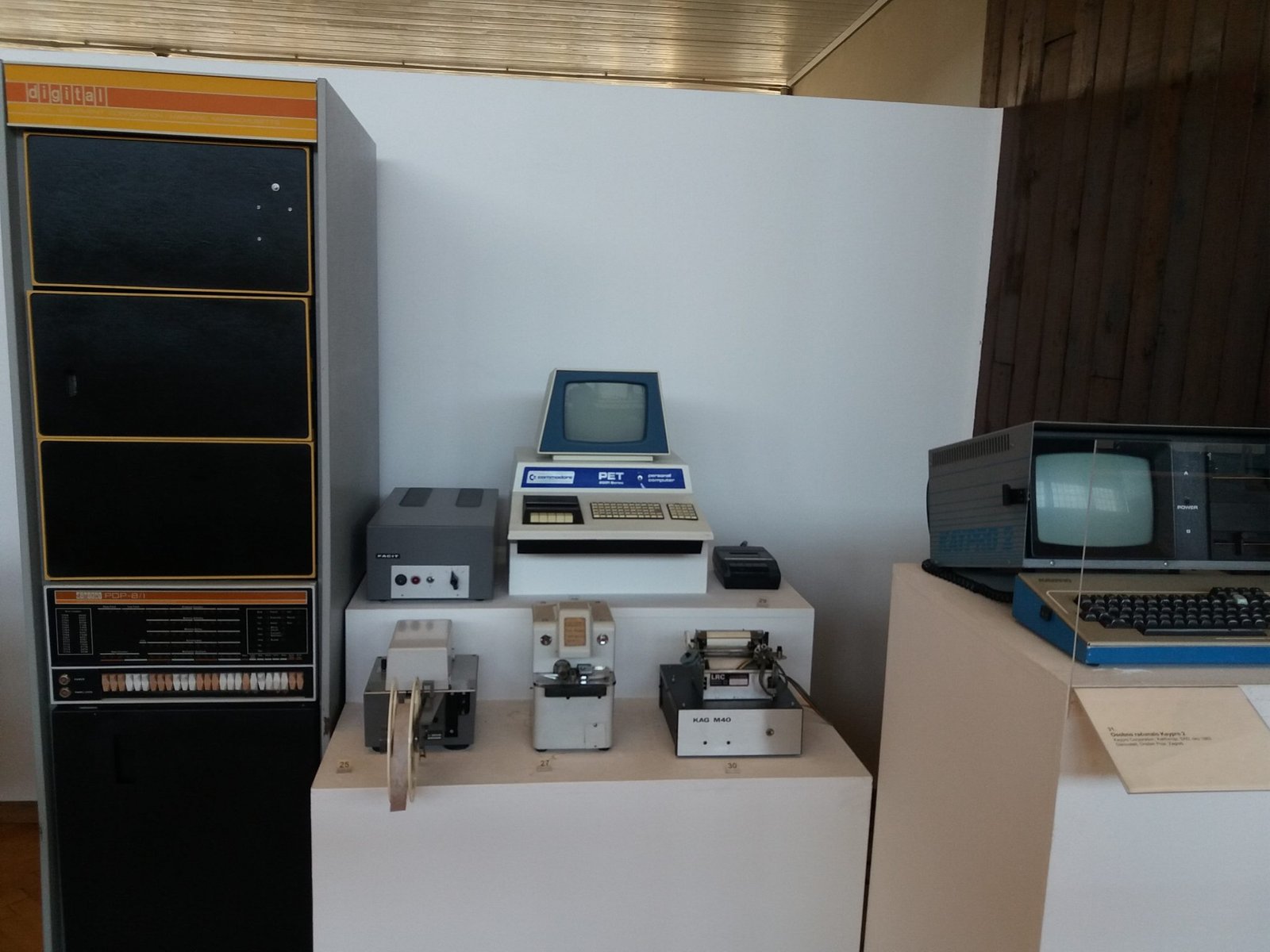
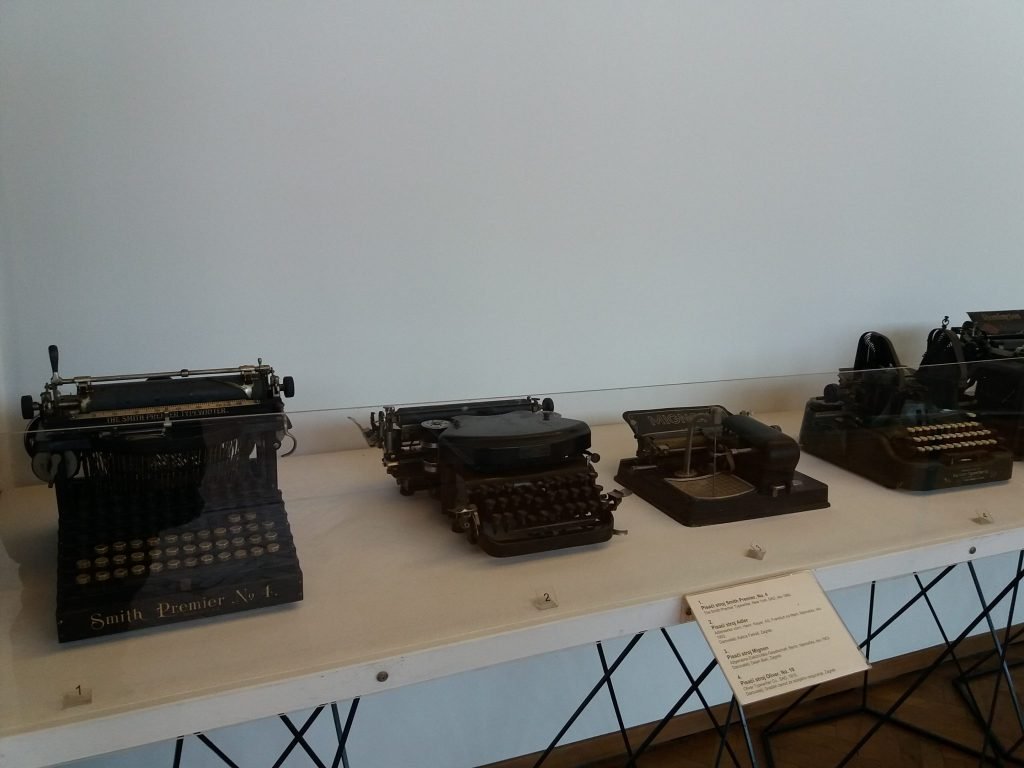
Thomas Edison’s mimeograph, an old copier which used alcohol.
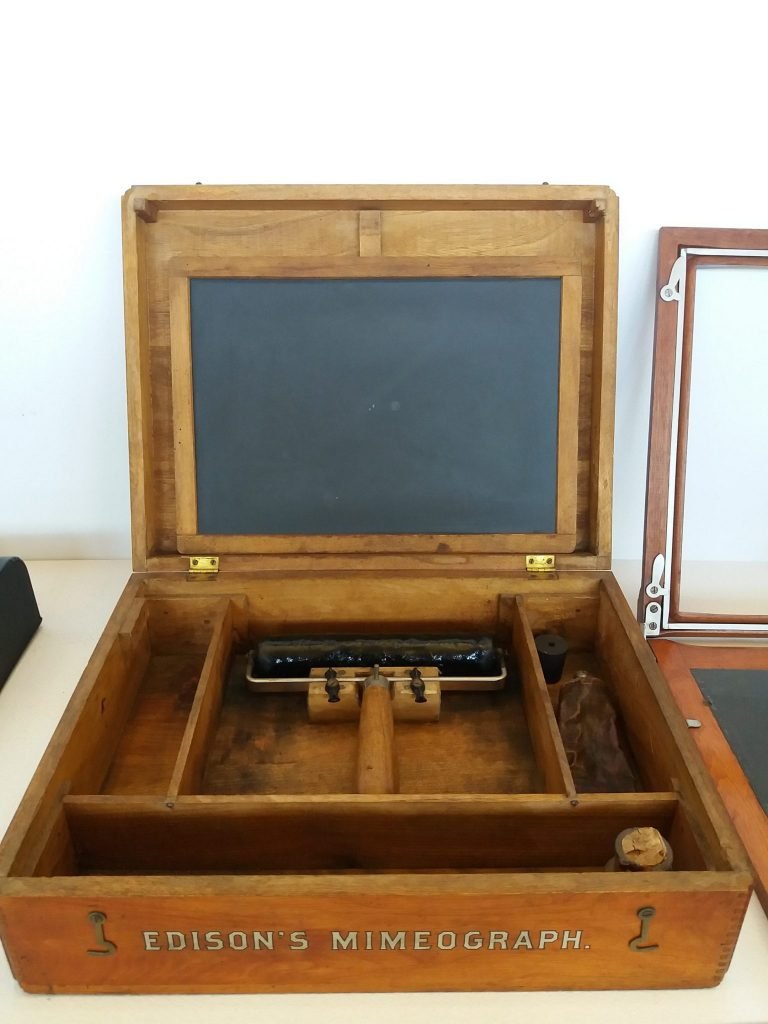
An optical movie projector and a Duoskop movie projector of 35 mm with own projection screen.

Old cameras.
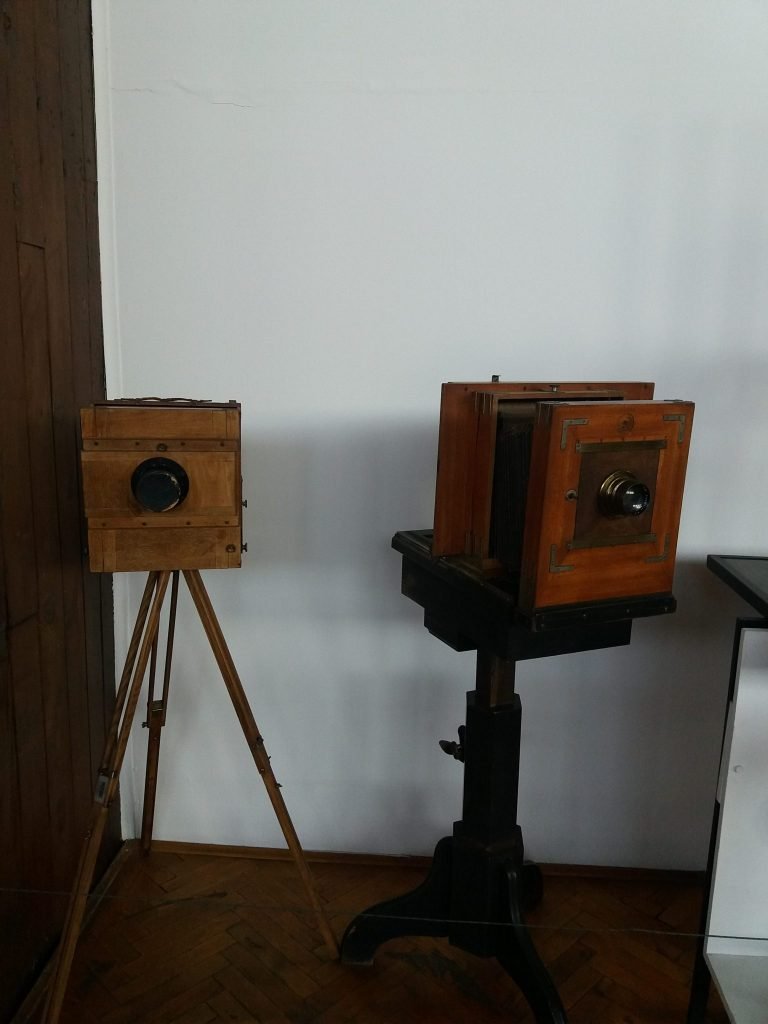

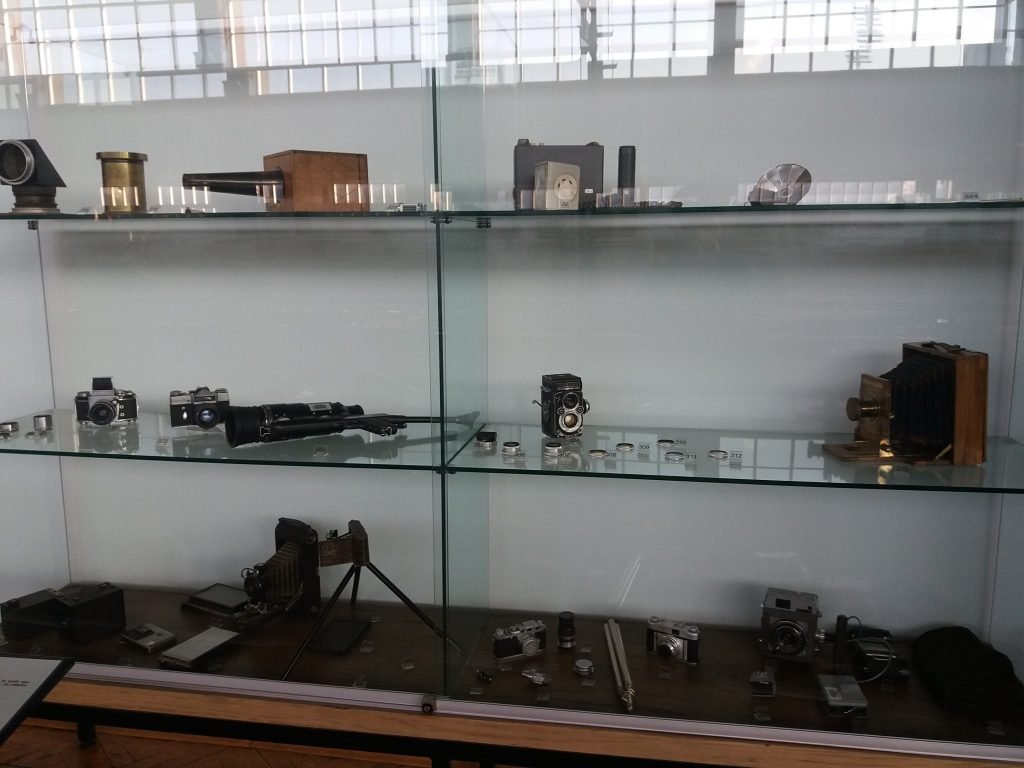
Südkabel’s conductor cable set.
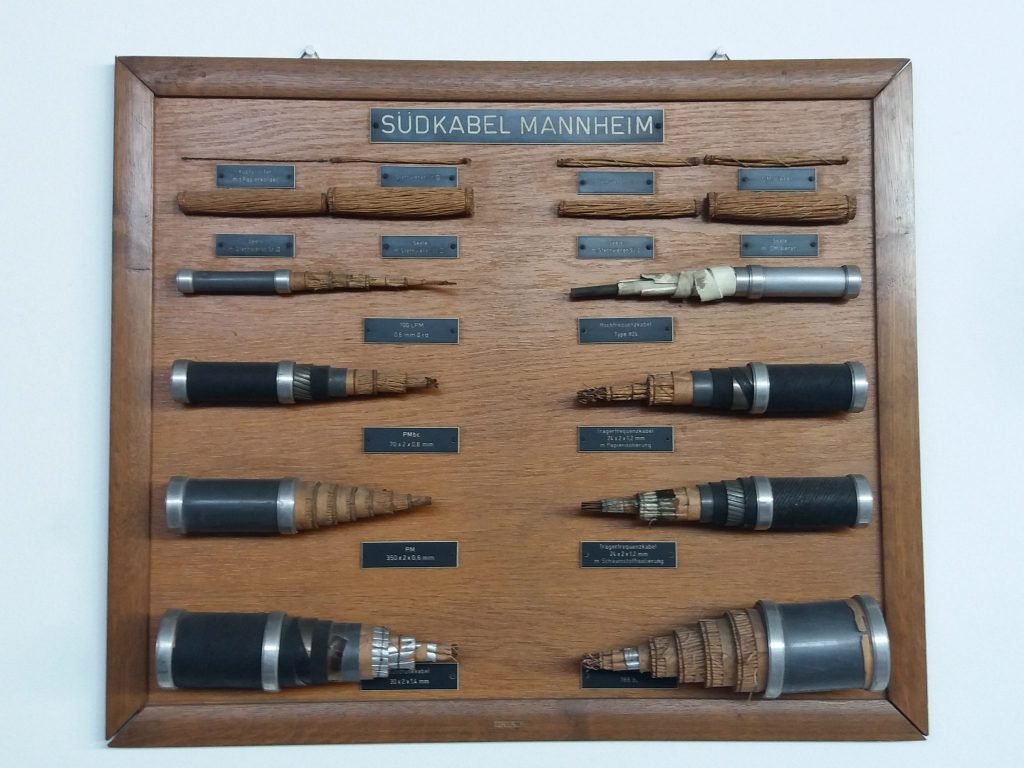
On left, a mechanical calculator Omega, next to a mechanical cash register.
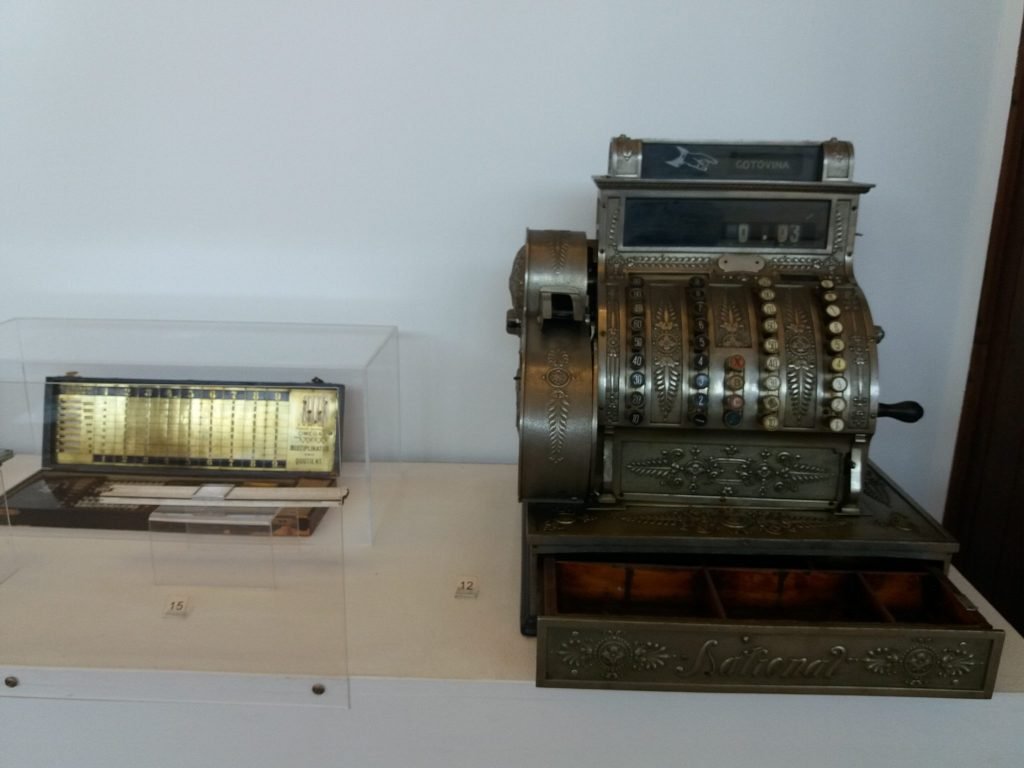
Space area
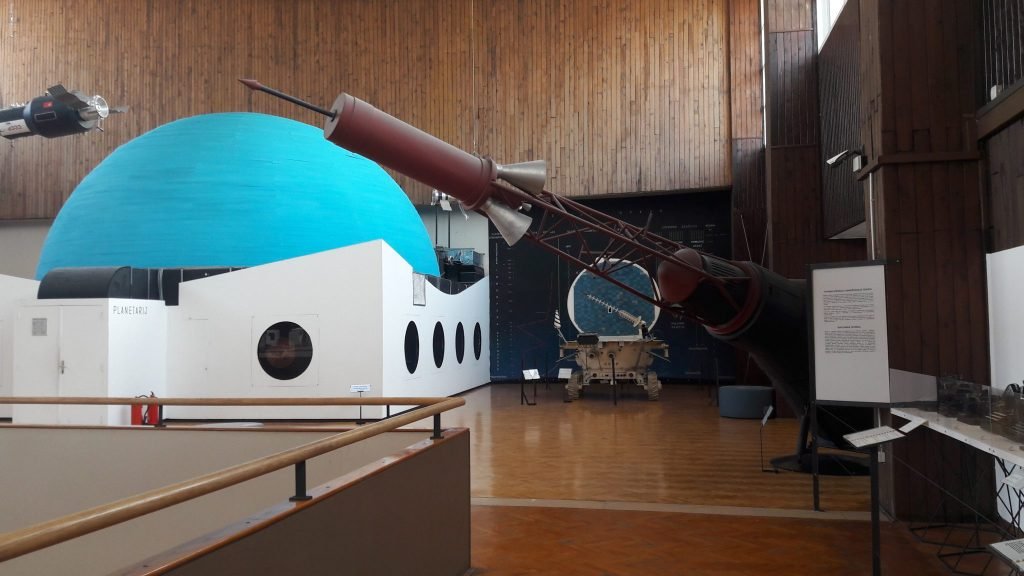
It is a small area where there is a planetarium and some space models. The planetary, with blue dome, is open at determined hours and only in Croatian. A mockup 1:1 of capsule from Mercury program, which put American astronauts in space.
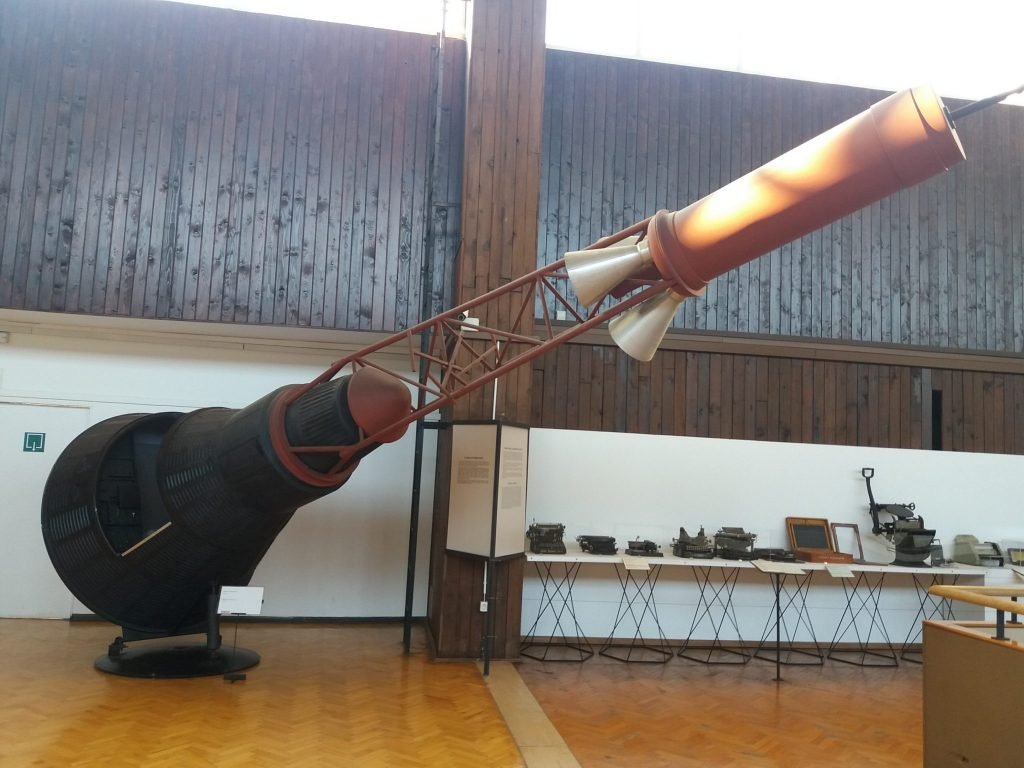
Model of American space station Skylab, in 1:10 scale.

Soviet lunar rover Lunokhod-1, walked through Moon’s surface in 1970.
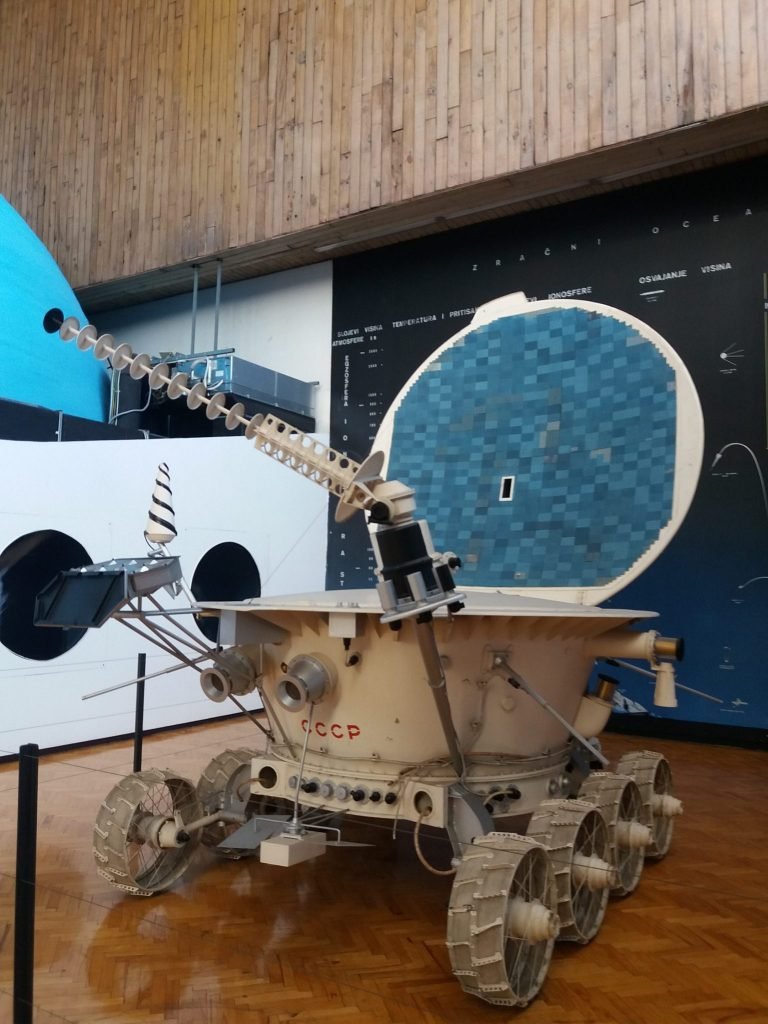
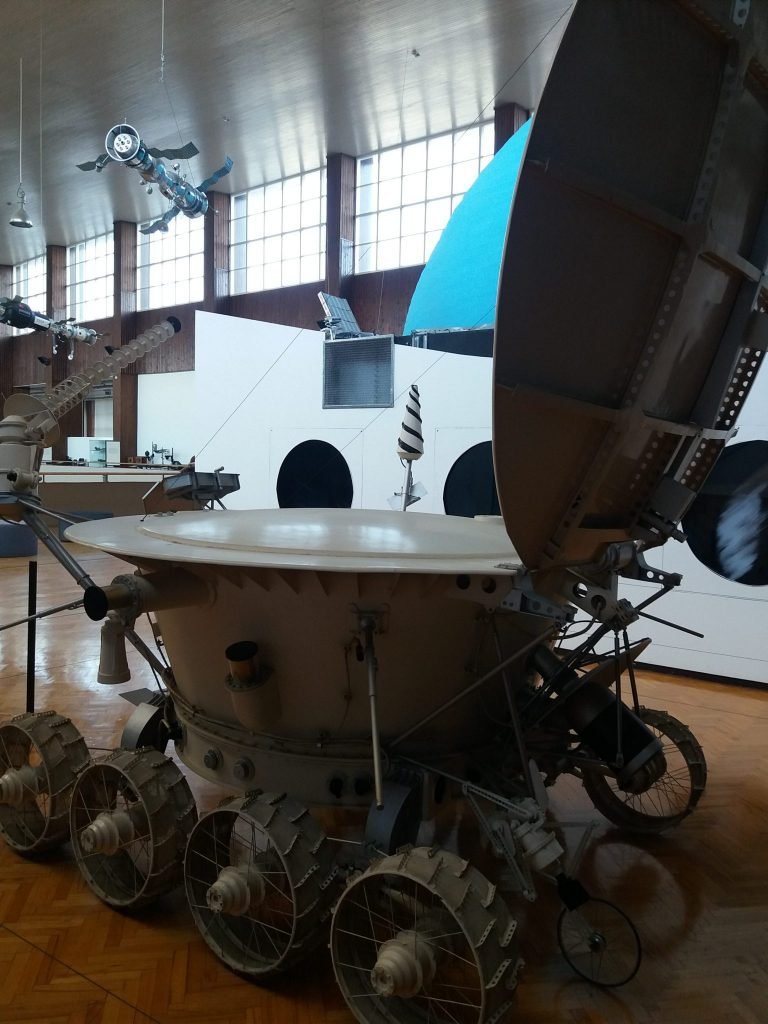
In 2018, I visited space museums in Moscow and Saint Petersburg, where there are a much bigger collection. For being older posts, some photo didn’t become very good.
Museum of Cosmonautics and Rocket Technology in Saint Petersburg Click here
The Cosmonautics Memorial Museum in Moscow (Part 1)Click here
The Cosmonautics Memorial Museum in Moscow (Part 2)Click here
Renewable energies
In the opposite side of space area, are found many renewable energy sources and techniques to increase efficiency. In addition to Croatian inventions and projects. This is a Stirling engine Dubrovnik 2, built by Ivo Kolin. This type of engine’s operation will be subject to another post.
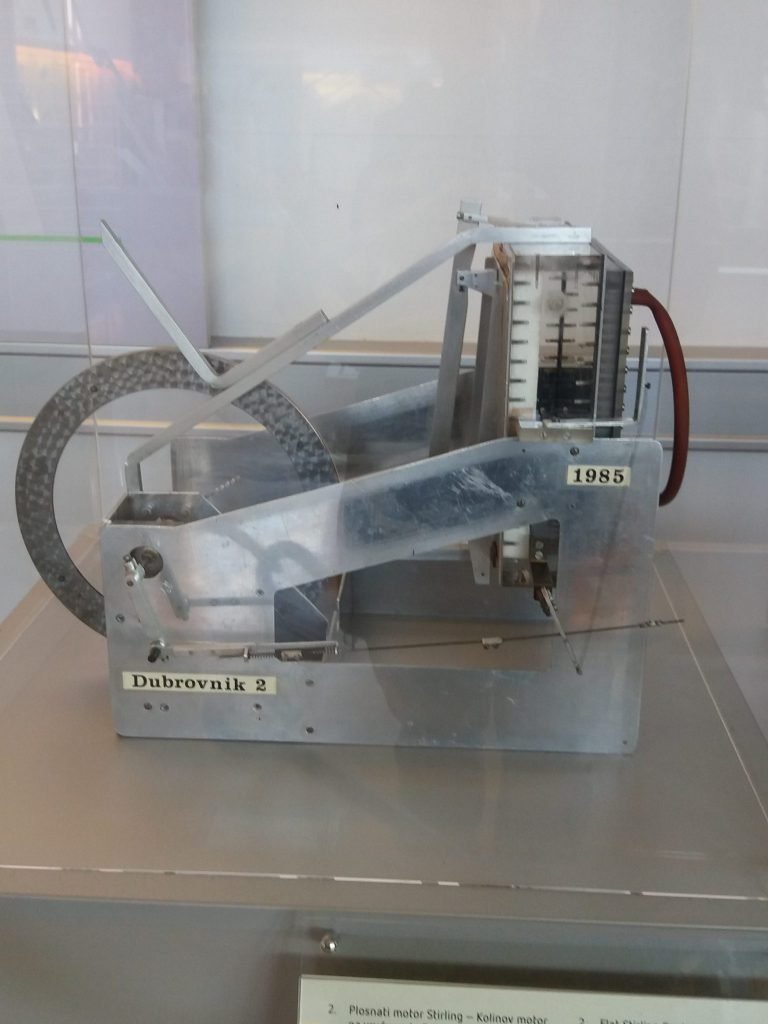
Powertrain system of hybrid car Toyota Prius. Note the combustion engine on left side, to the right, we have electric generator, transmission system and an electric motor. While below is control unit with boost converter.

A homemade biodiesel pump from Croatian company Modibit, with capacity for 200 liters. This company built the first biodiesel factory in Croatia.
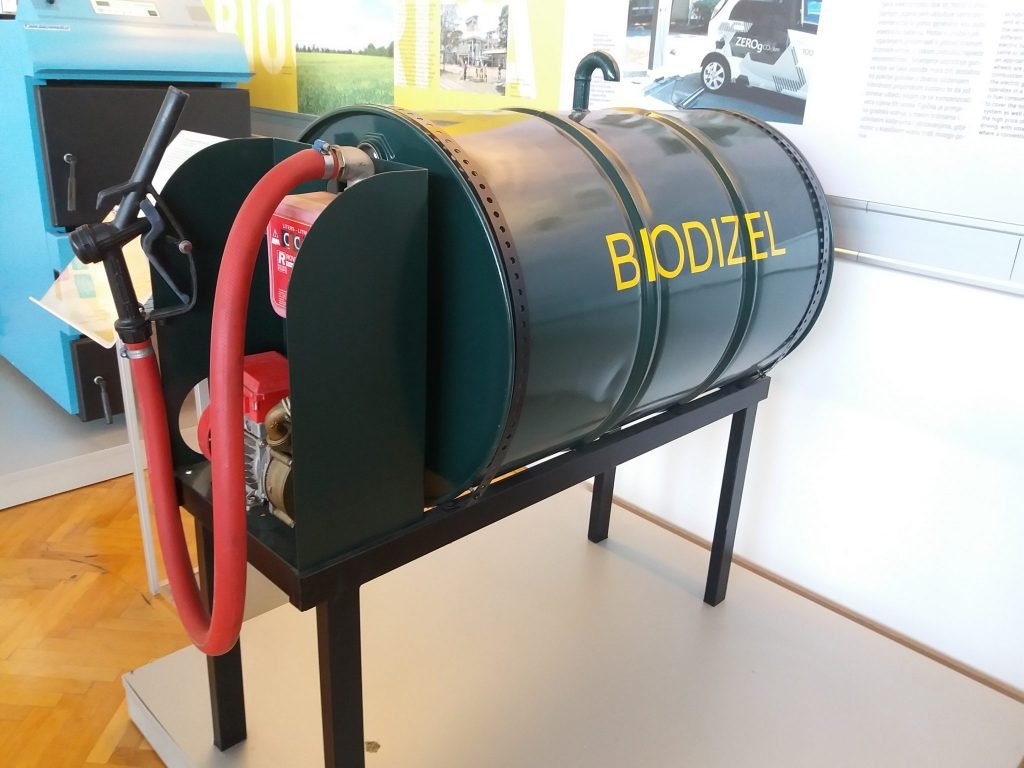
A wood firing boiler for home heating Bio-Tec 35.

Model of a Končar KO-VA 57/1 wind turbine, from wind farm Pometeno Brdo, in 1:20 ratio.
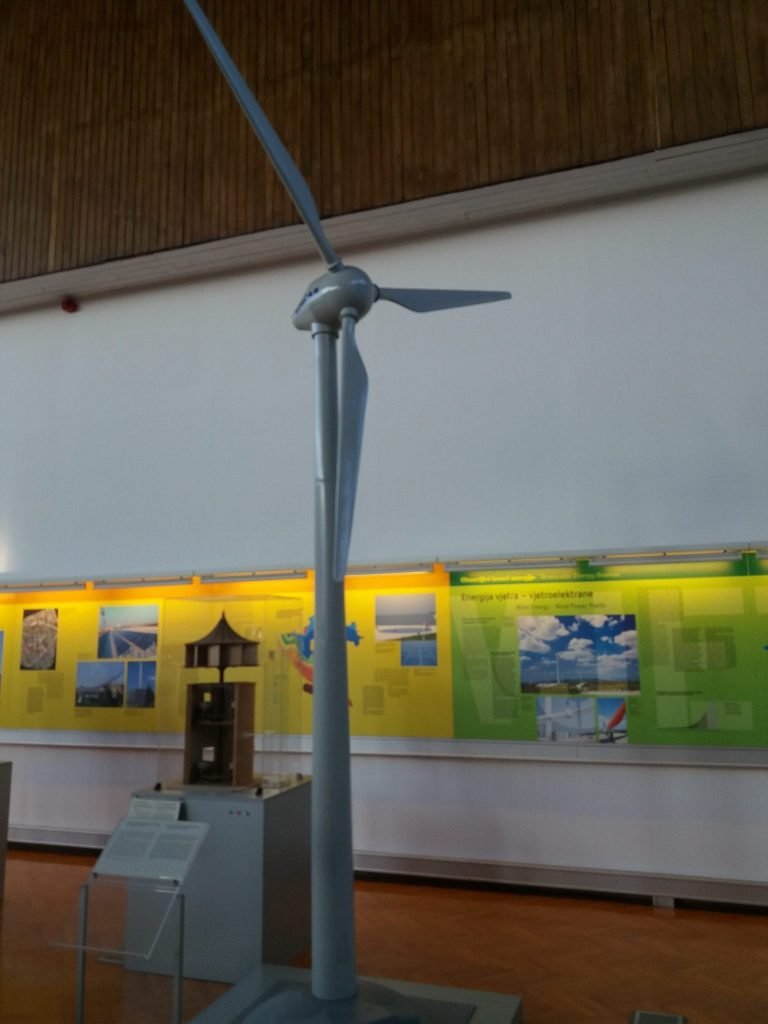
Windmill with retractable roof model, designed by Faust Vrančić and published in his book Machinae novae (New machines), in 1615. Pressing a button, a cooler produces wind to turn the windmill.
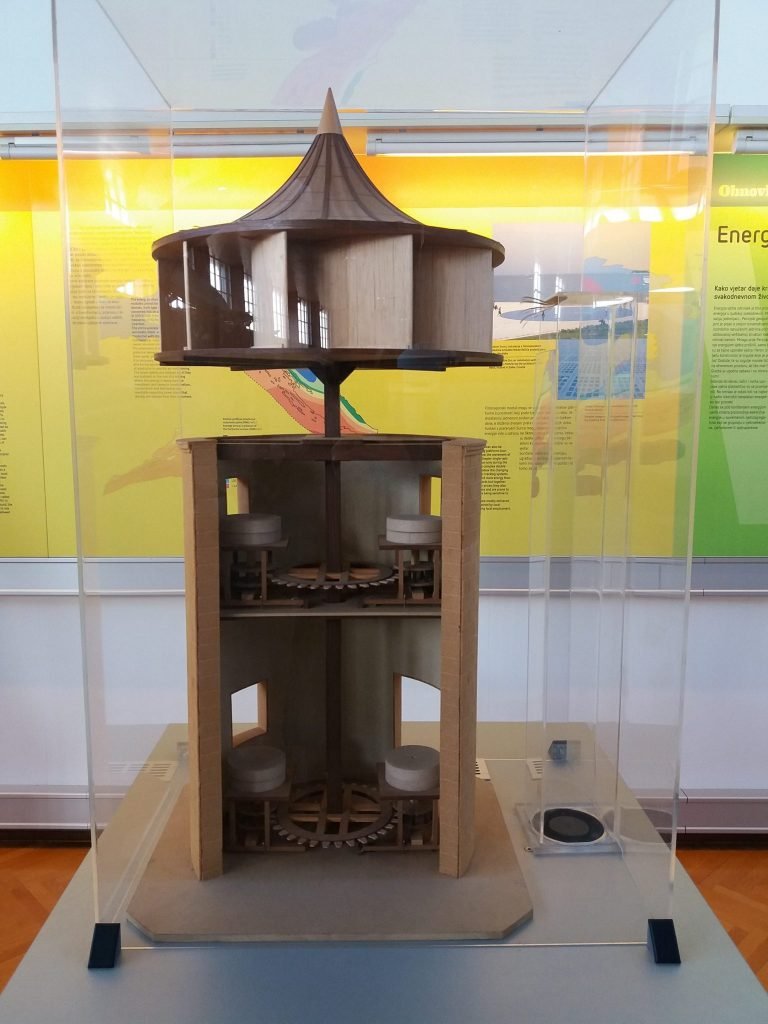
Photovoltaic modules of amorphous silicon manufactured at Rade Končar Solar Cells, this was the first factory to produce solar panels in Yugoslavia. Each module generates 14.2 V with 828 mA.
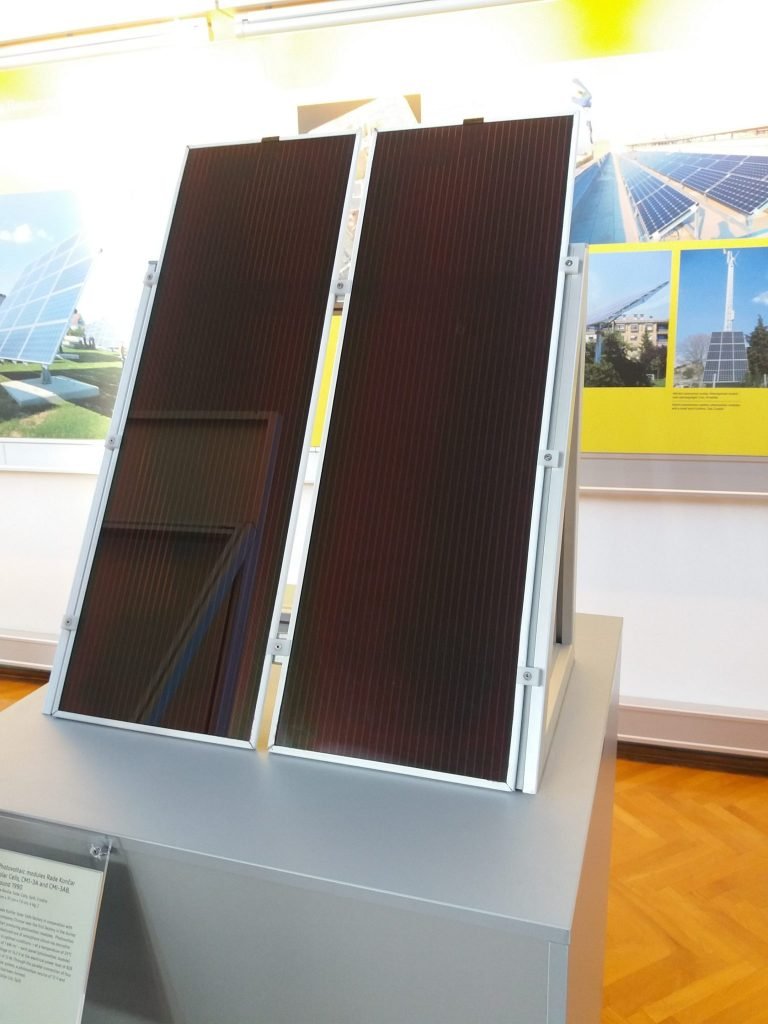
Fritz Kohler’s water motor, from 19th century. Water pressure moved piston. The later turns the rotor.
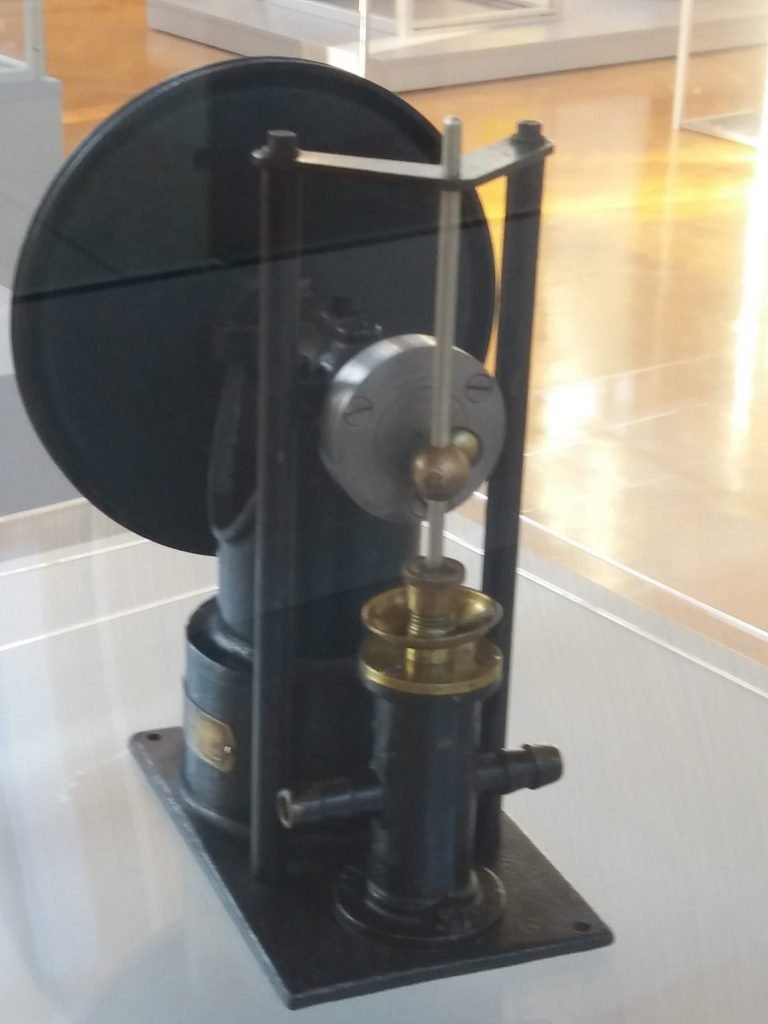
Solar collector for water heating with 2.11 m² area.
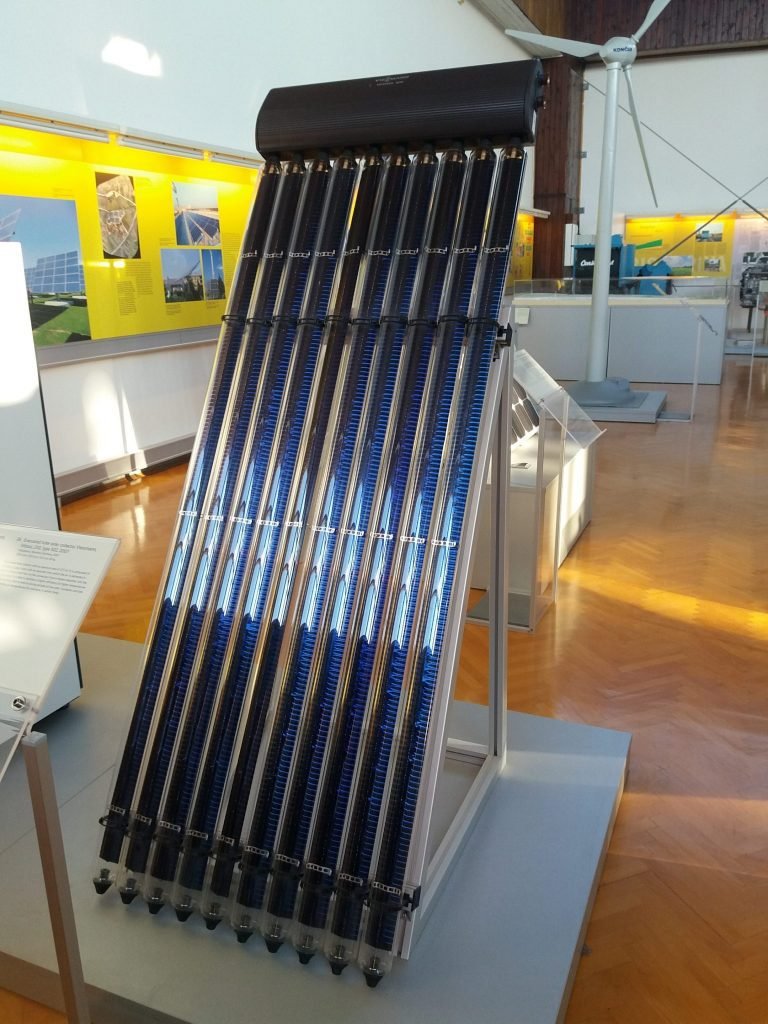
A panel to compare energy consumption of many types of lamp.
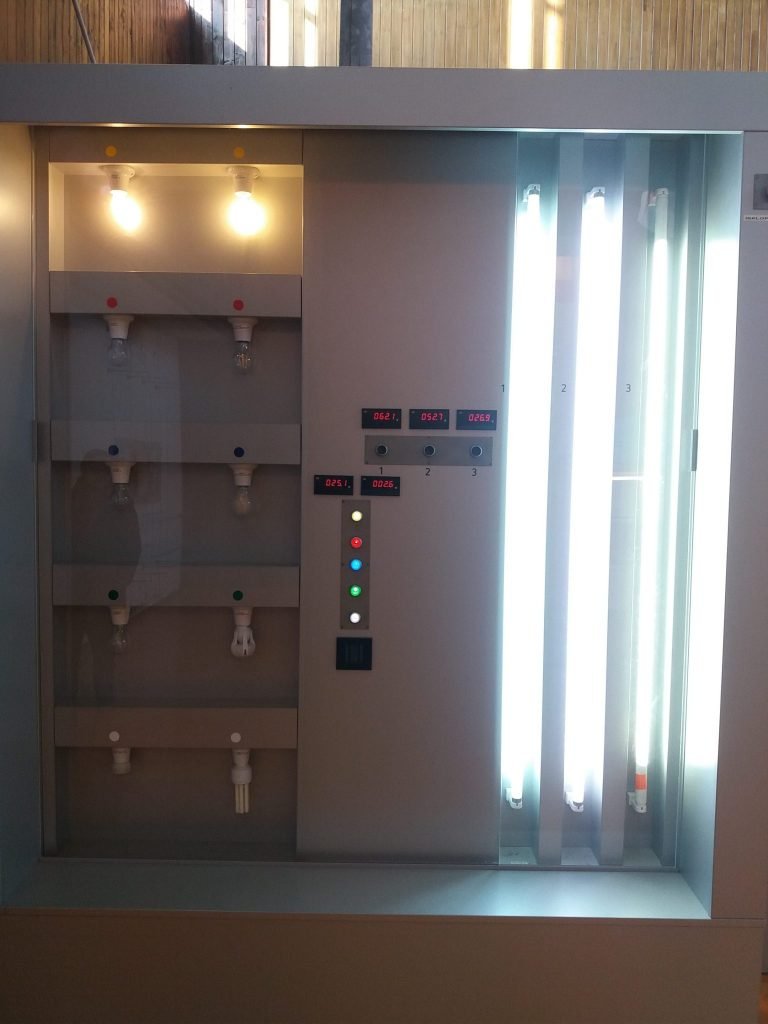
Model of Horvatić water heating system by thermal solar energy, in scale 1:1. This is the solar collector Horvatić RA 2.12 with 2 m² area.
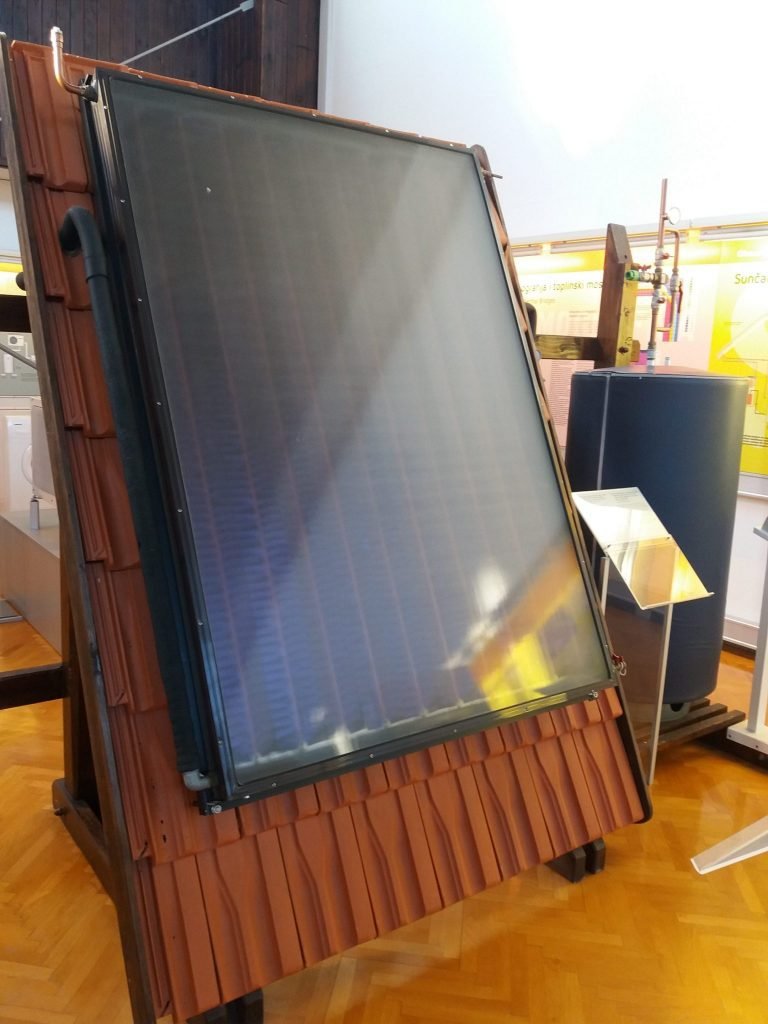
And 200 liters water tank.
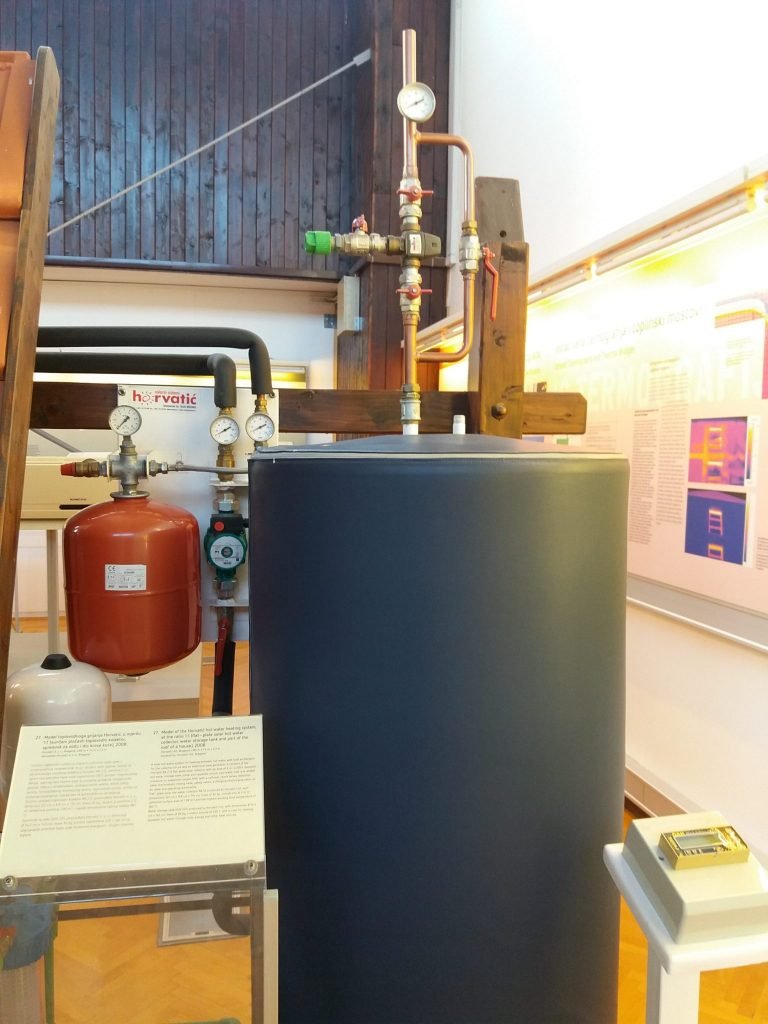
Agriculture and apiary
In this room there is an exhibition of many agricultural tools used in Croatia region.

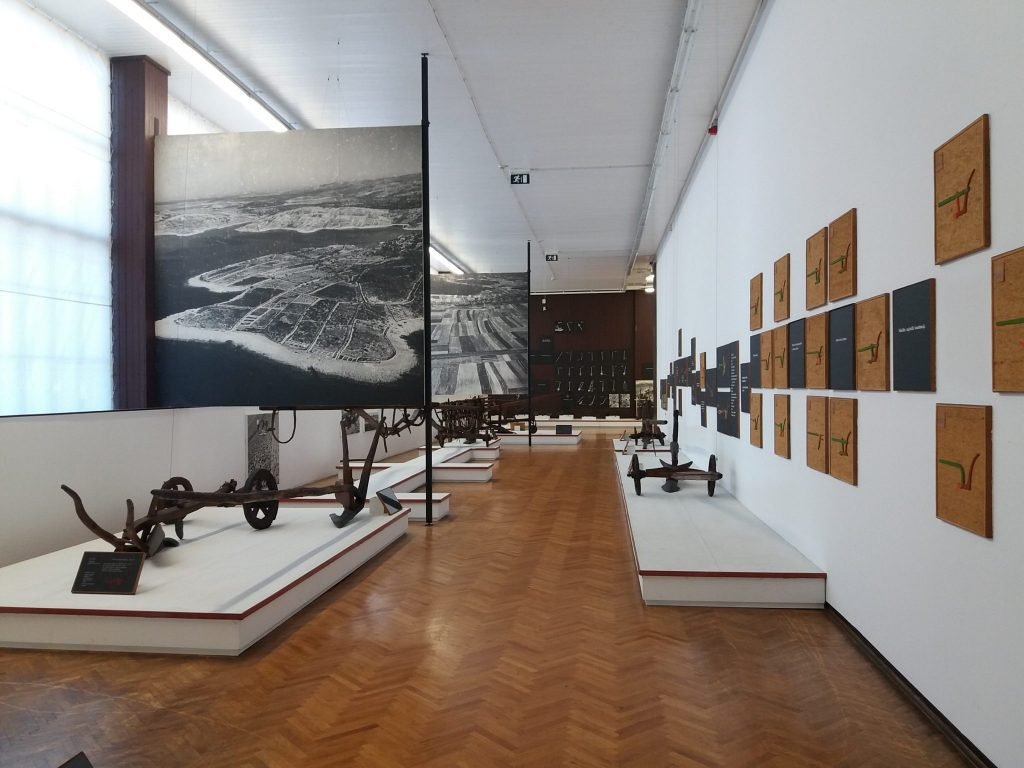
A room dedicated to beekeeping.
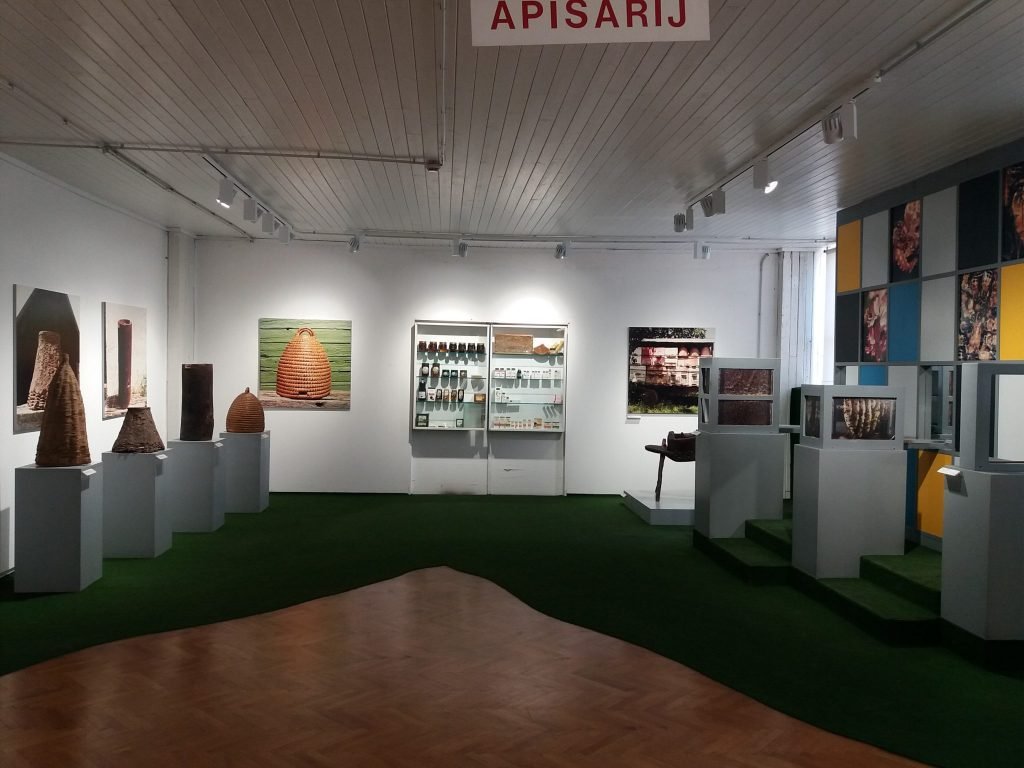
Nikola Tesla laboratory


Nikola Tesla laboratory is in downstairs. Purposely, I left this part for the end of series.
Main inventions
Number 3 is a synchronous generator and 4 is an electromagnetic motor. Both have two phases.
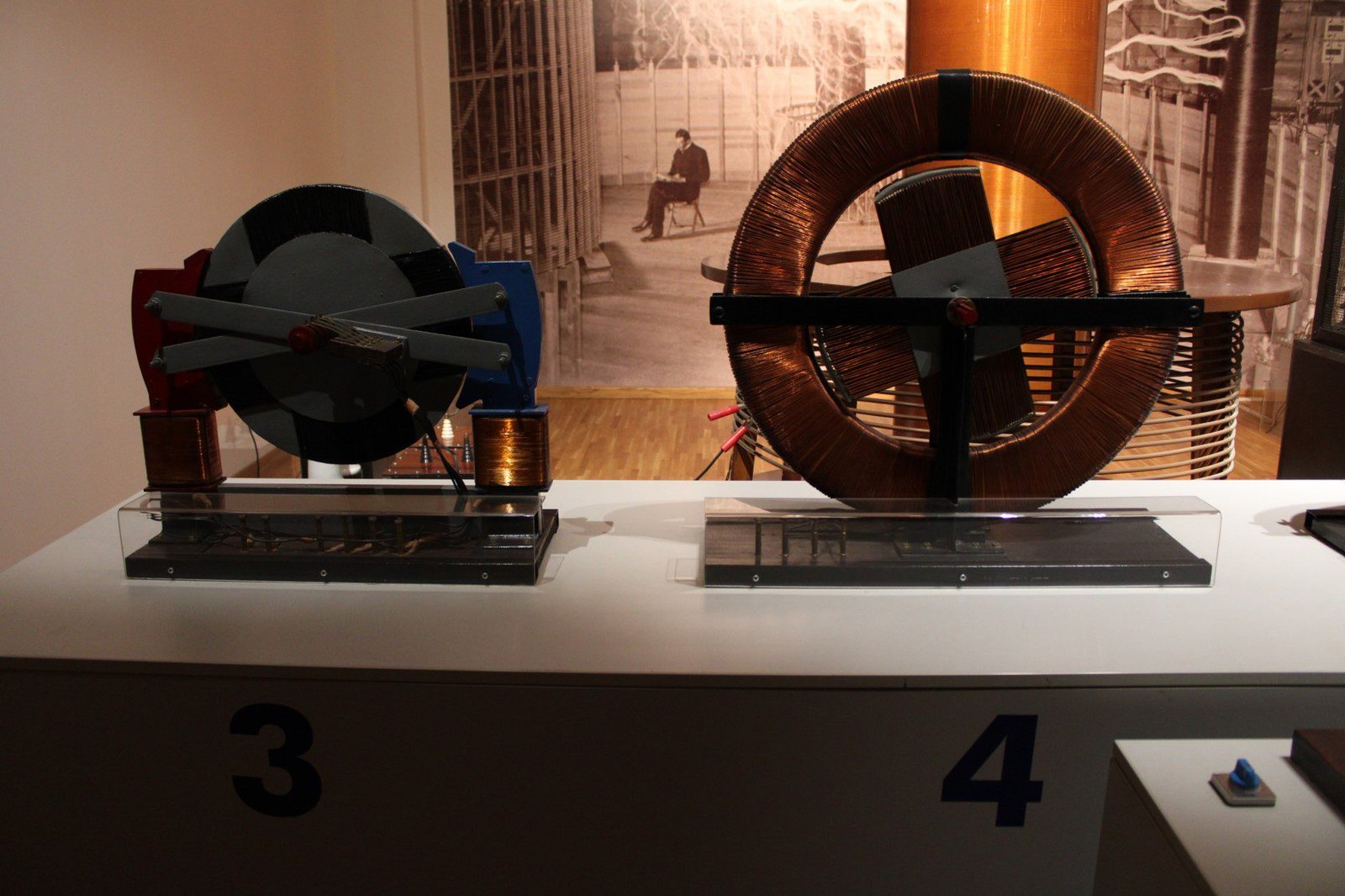
Two-phase asynchronous motor.
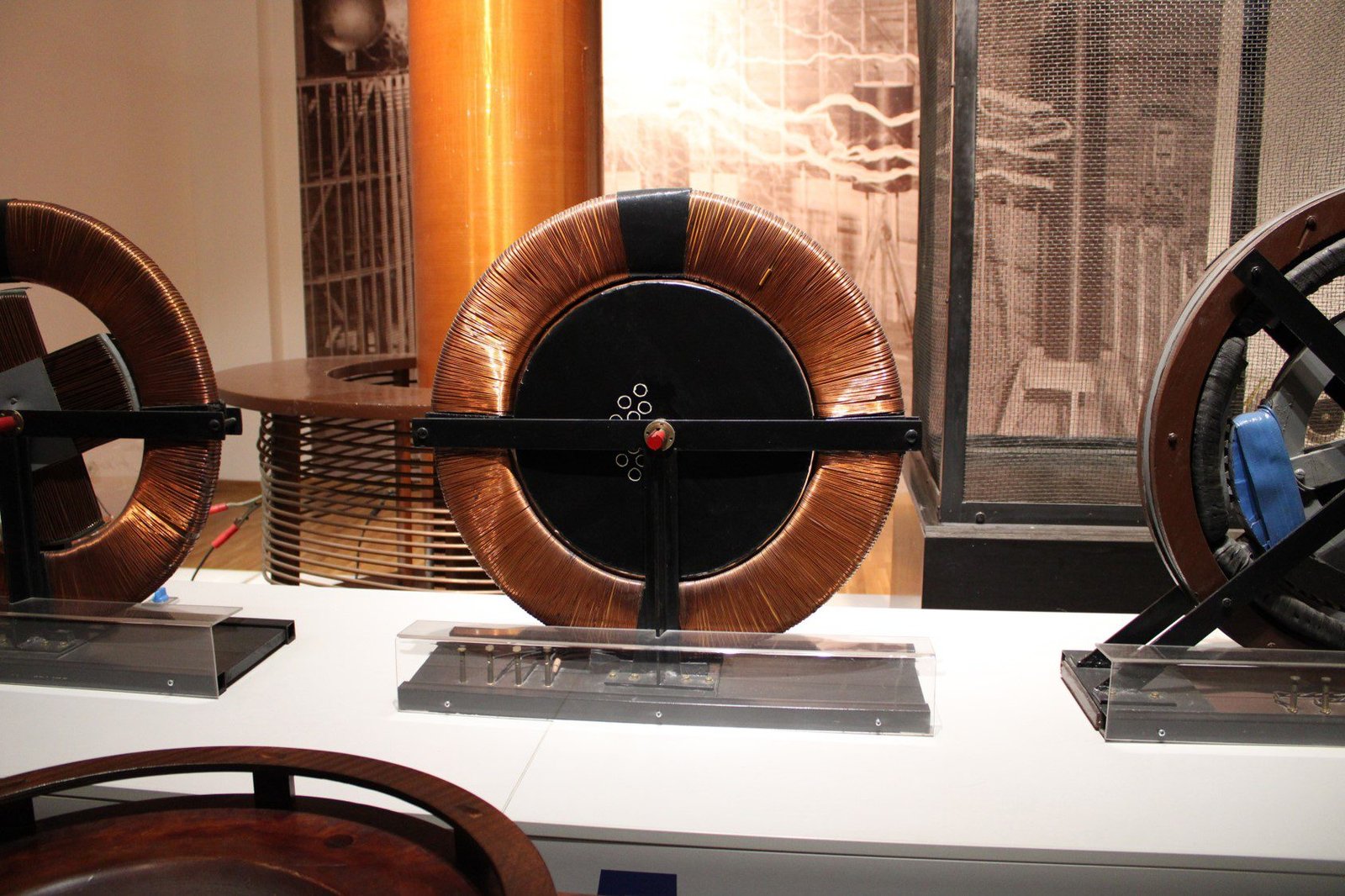
On left, a three-phase generator and on the right, a three-phase induction motor with squirrel cage.
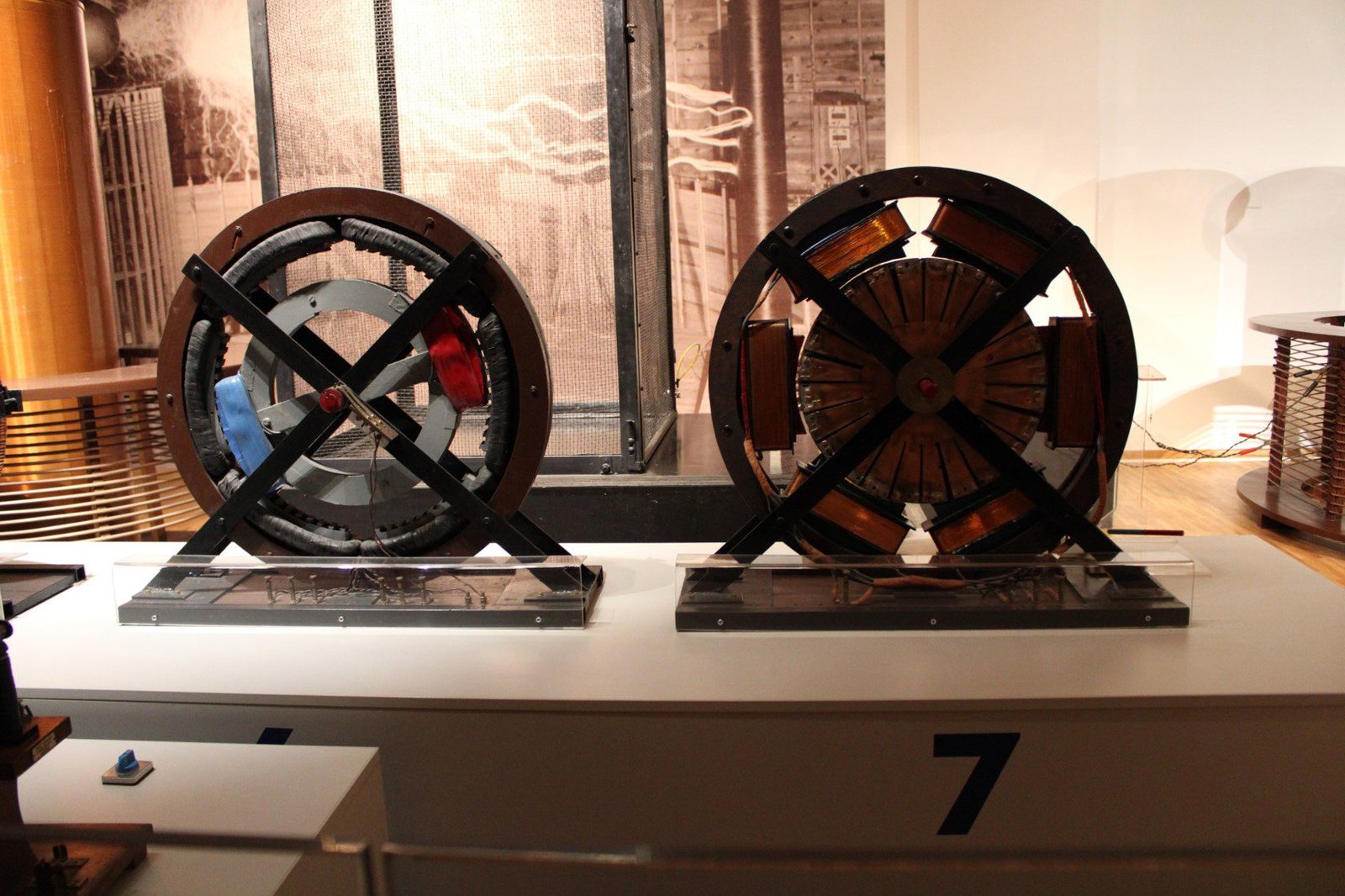
Behind electrical machines, a Tesla coil, can generate 500,000 V. On the right side, Faraday cage, made of conductor material, protecting inside from an external electric field. Electrical charges stay in cage.
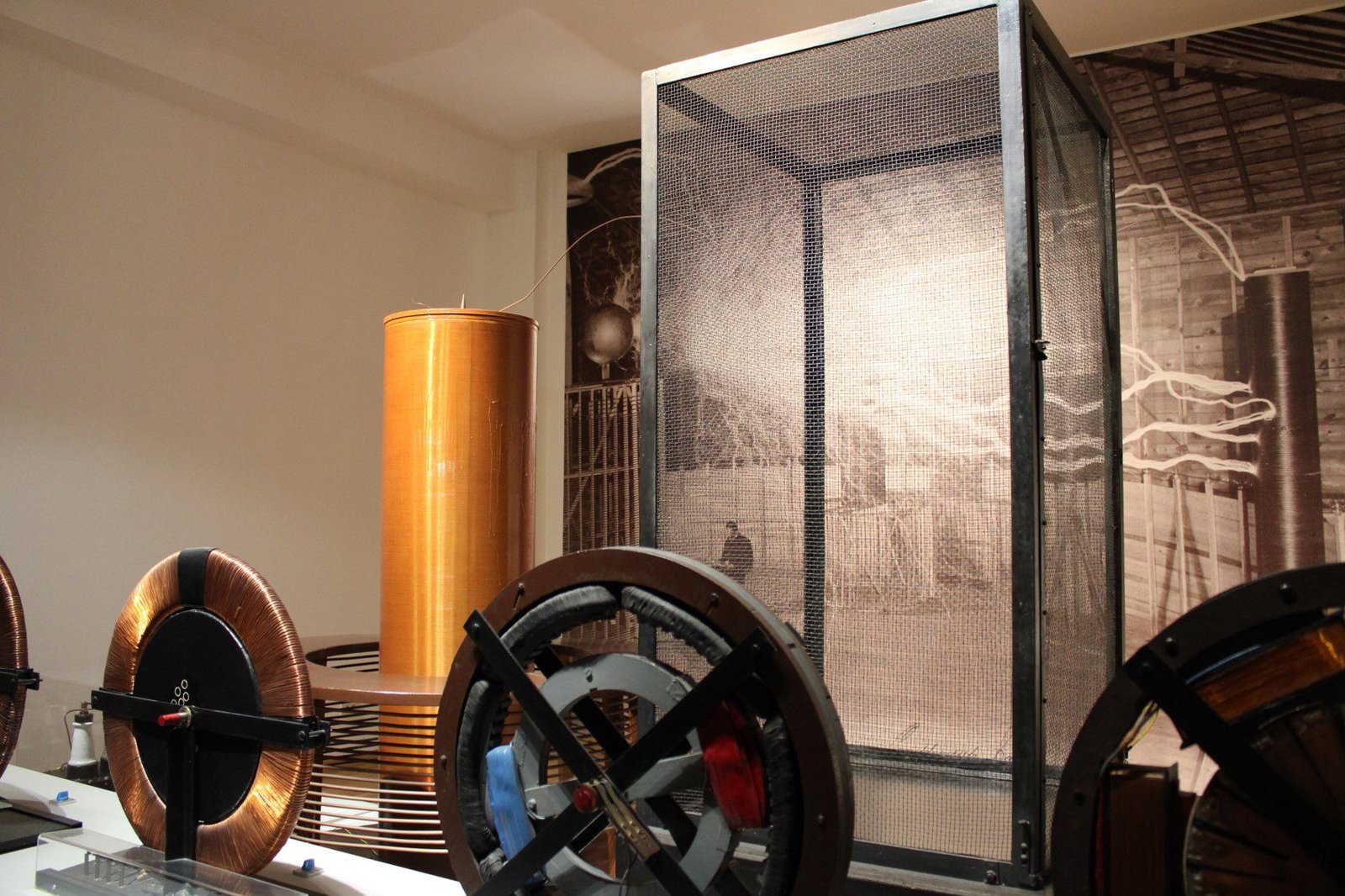
Another Tesla coil, can generate 3 millions volts. This transformer will be subject to another post.
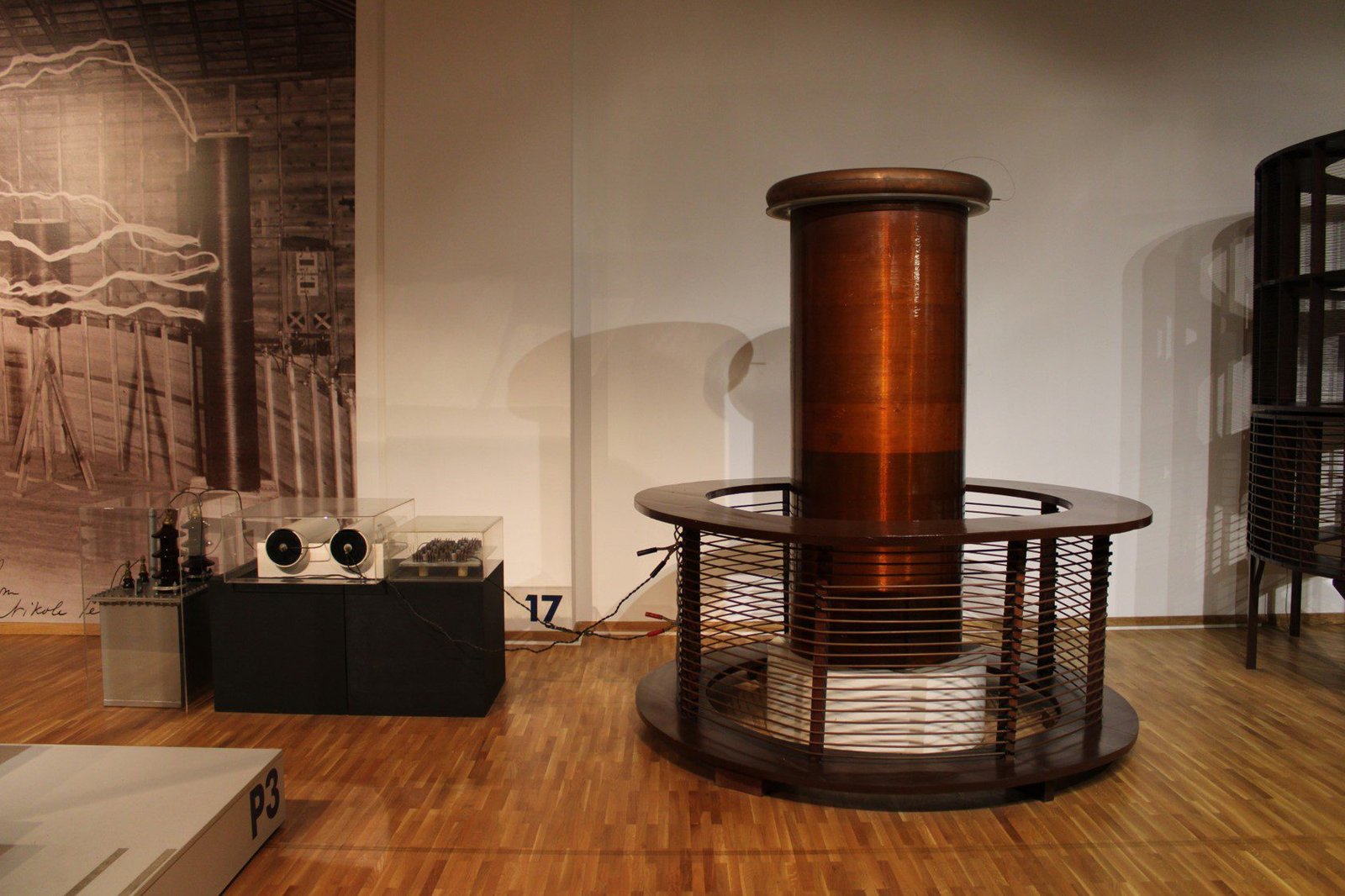
One of most interesting inventions. A remote control vessel, patented in 1898. Rudder and propeller were controlled by radio waves. Was demonstrated in Hudson river, New York.

A bladeless turbine, energy transmition through impulse from fluido cause vibration and vortex which reduce efficiency. In this turbine, rotor has disks and a very small gap between then where enters the fluid in high speed. Turbine turns on using fluid’s properties of viscosity and adhesion.
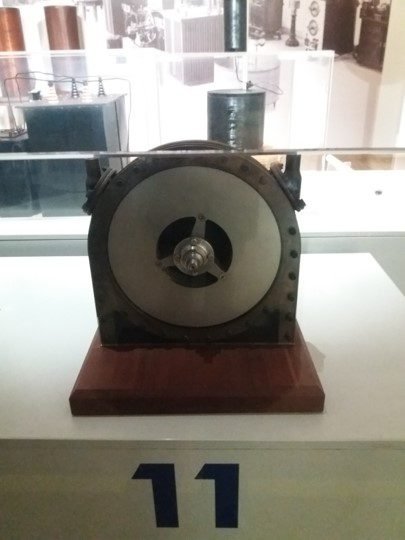
Smaller tesla coils of 70,000 V and 100,000 V respectively.

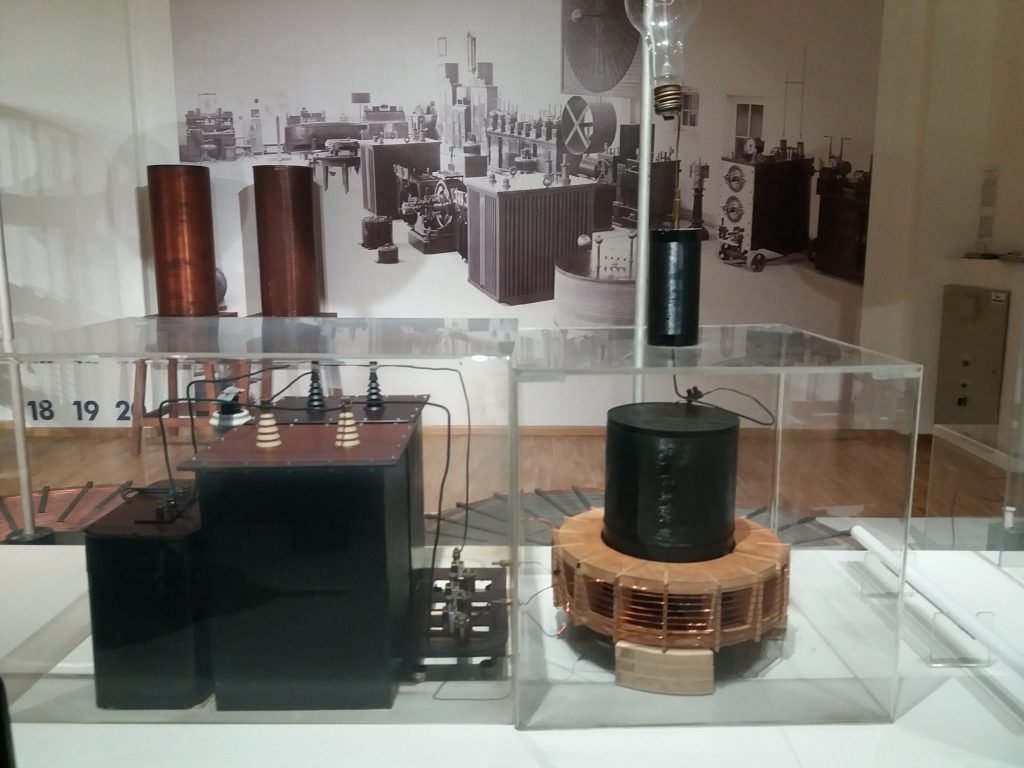
Multipolar generator.
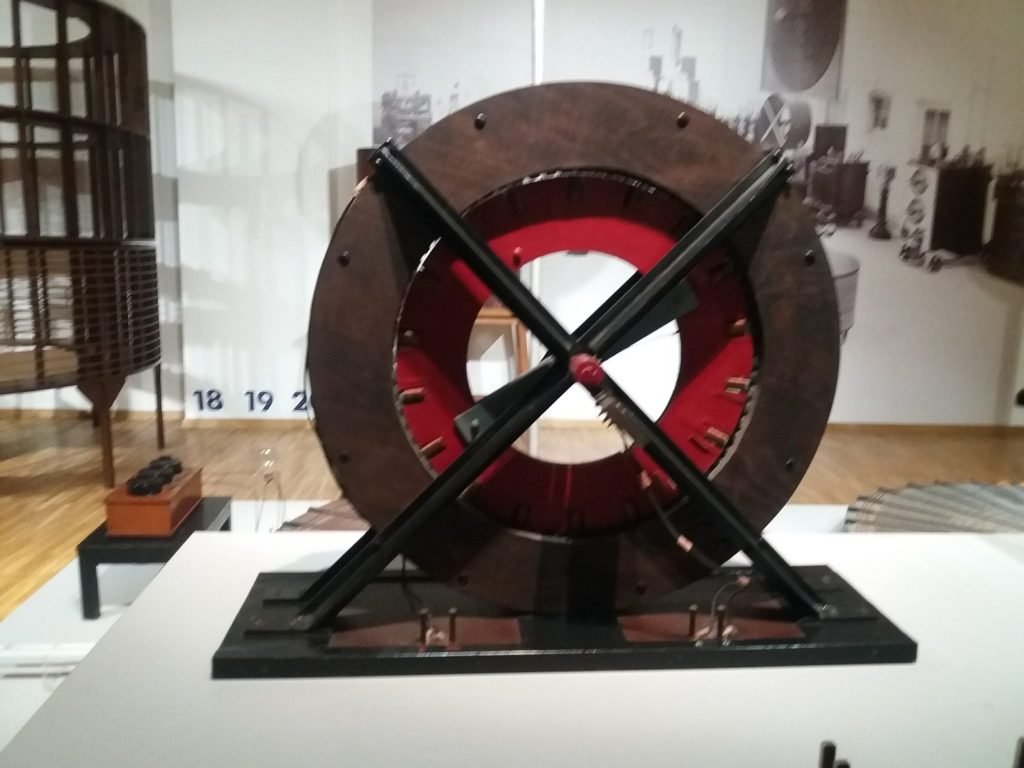
Devices in P6 platform are receiver and transmitter of wireless electrical energy respectively. Nikola Tesla dreamed in transmit wireless electric energy to whole world.
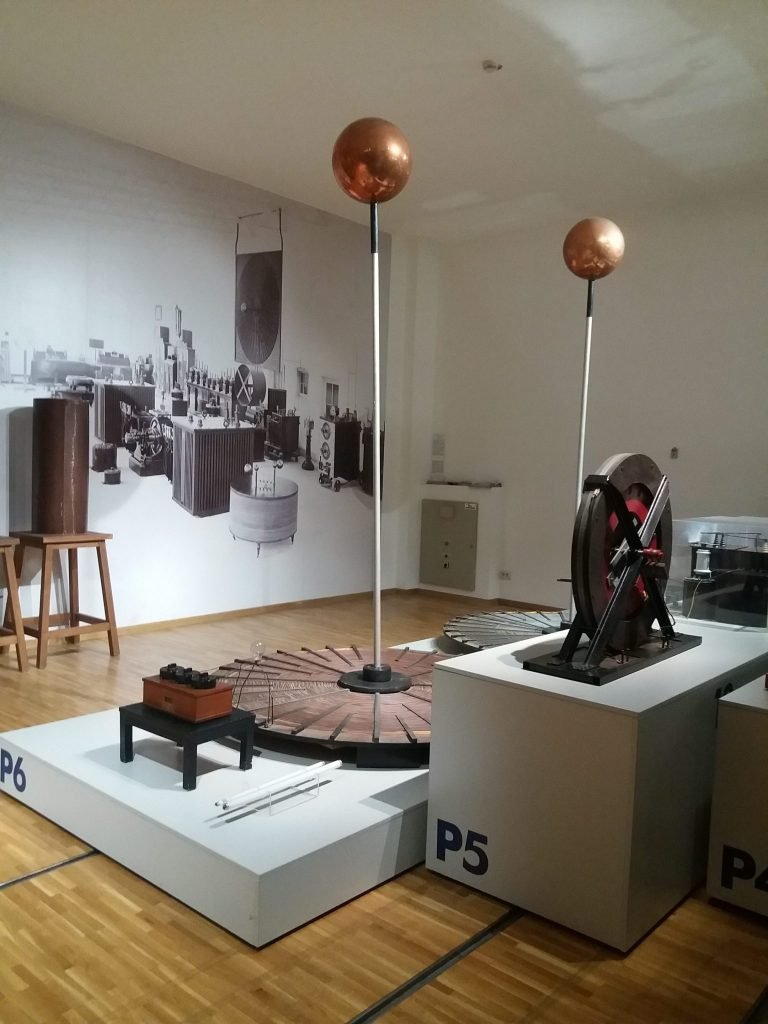
If you travel to Balkans, I strongly recommend that you go to Zagreb and visit Technical Museum Nikola Tesla. Have many curiosities I didn’t put in the series.

